A guide to Indigenous foods around the world
In university, I studied anthropology and became fascinated by food cultures worldwide. In particular, since I lived in Canada I wanted to learn more about indigenous foods and the early work of the indigenous people I knew who were working to create sustainable foodways for their communities.
Indigenous peoples throughout the world have historically depended on a wide variety of species for food. These traditional foods are widely referred to as first foods in native communities. First foods formed the backbone of many indigenous societies by virtue of their religious, cultural, economic and medicinal importance, in addition to their importance to the diet of indigenous peoples.
First Foods
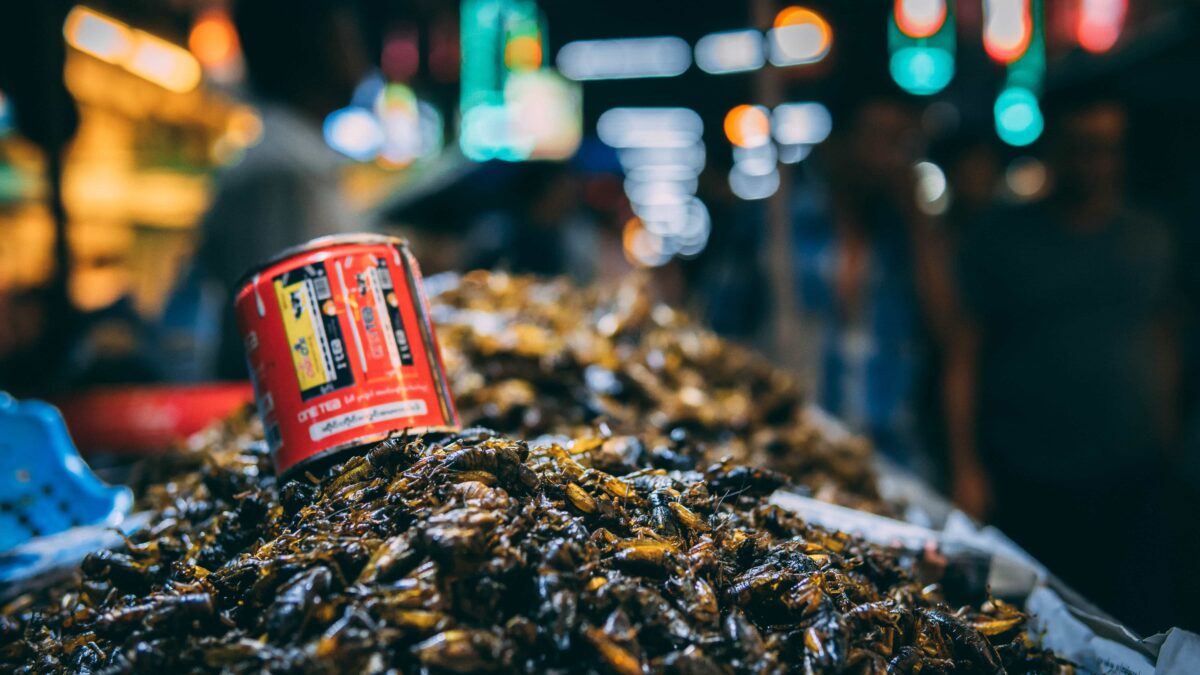
“These First Foods are the foods that were eaten pre-contact, and are still eaten now to this day,” said Valerie Segrest, a Native Foods Educator and Muckleshoot tribal member. “They’re foods we’ve organized our lives around for 14,000 years—or as an Elder might say, since time began.
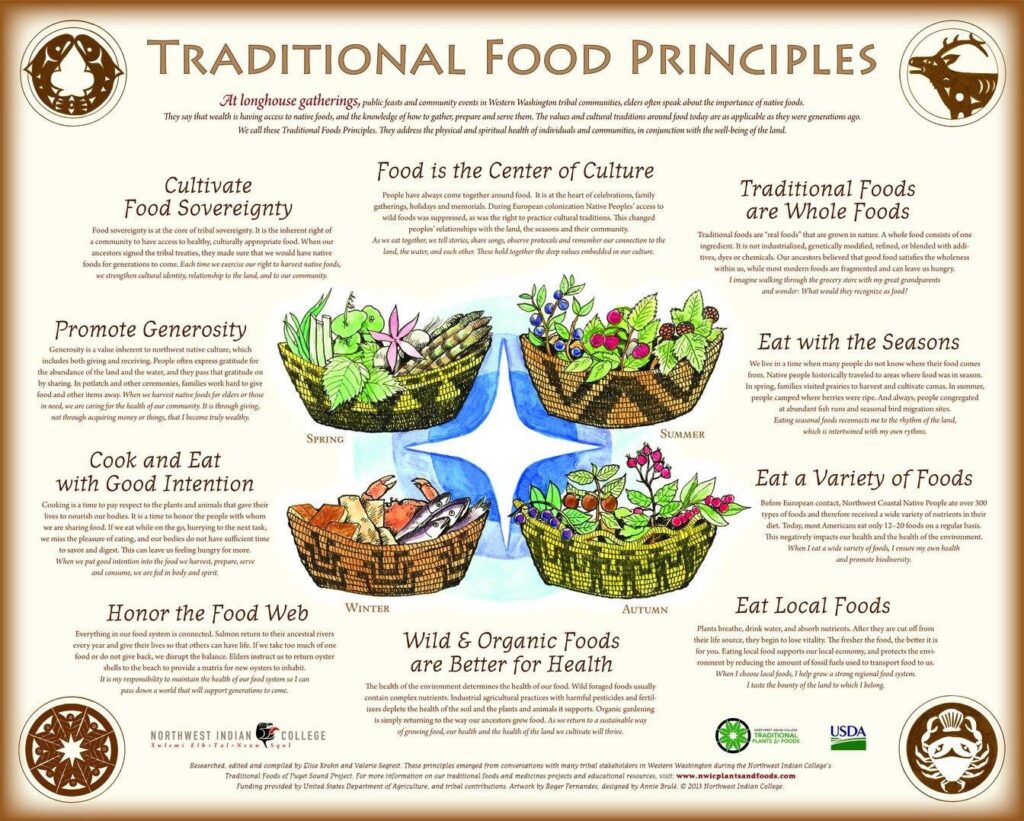
Indigenous communities have been working towards not only re-creating authentic original recipes for their traditional foods but a major component of this work is to re-build the systems of agriculture that worked for the people before colonization.
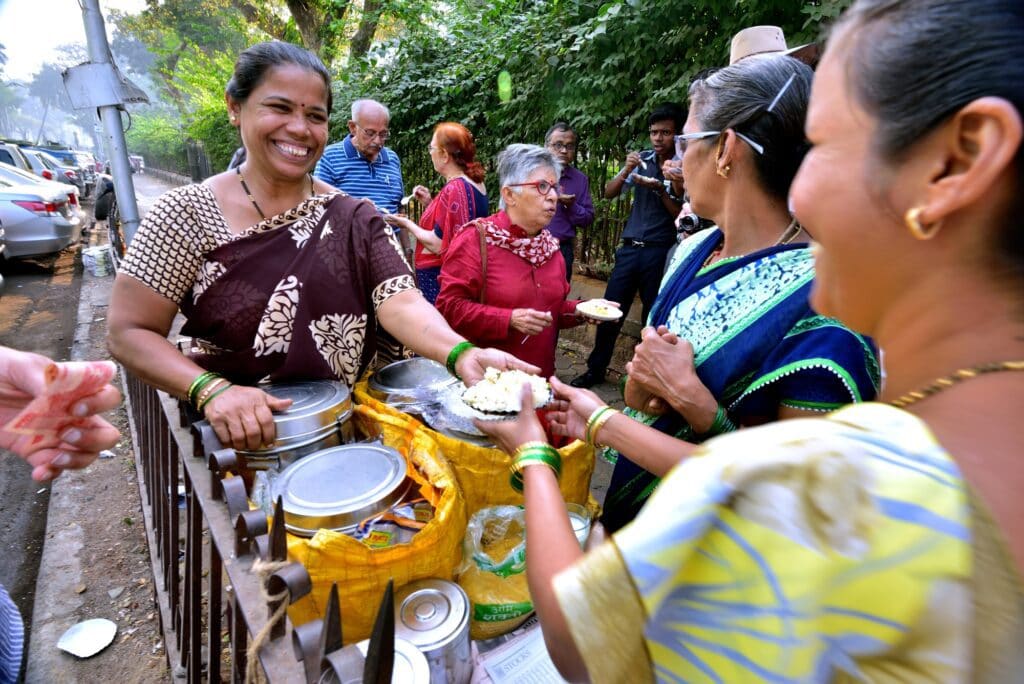
Writers, chefs and foodies are being made aware of white supremacy in our food systems and the burgeoning movements that promote food justice and food sovereignty are now beginning to finally have a wider audience. Indigenous foods are not limited to North American First Nations people, the Maori, the aboriginal people of Australia, the Mayan people, African nations along with Asian and pan-Asian peoples who have all suffered at the hands of colonizing nations.
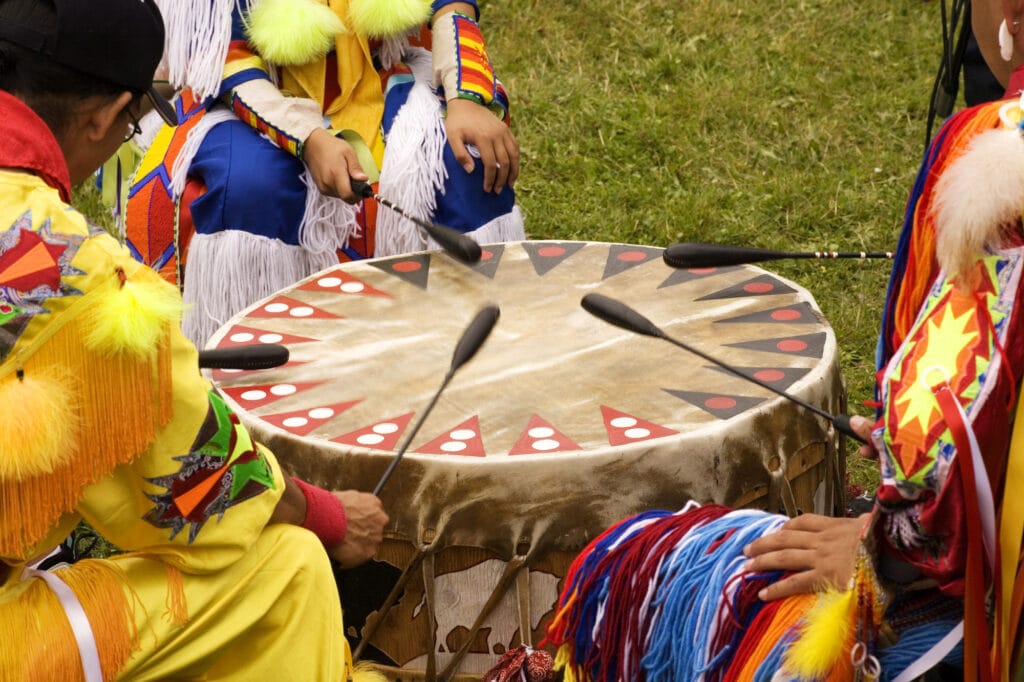
“The global population of Indigenous Peoples is approximately 476 million, living in 90 countries and speaking 4000+ distinct languages. Indigenous Peoples represent the oldest continuous surviving cultures in the world. The biodiverse food systems of Indigenous Peoples have contributed to the health of populations through time. Indigenous Peoples’ use of traditional food (foods native to the local environment) has aided the transfer of cultural knowledge, the health of the ecosystem and the land and waterways, and health and well-being.
Settler colonialism has forcibly and continually displaced Indigenous Peoples in many parts of the globe from their lands and People groups and has prohibited or actively discouraged access to traditional food. Settler colonialism seeks to replace the Indigenous Peoples’s territory with foreign settlers and establish an ongoing system of control and domination that includes the exploitation of ancestral lands and resources of Indigenous Peoples. Traditional diets undergo rapid and drastic change with settler-colonial policies impacting on natural environments and Indigenous Peoples’ access to and use of their land and waterways, and results in a greater reliance on an introduced food system and, for many, intergenerational loss of skills in the procurement of traditional food.” A Literature Review of Indigenous Foods.
- A guide to Indigenous foods around the world
- First Foods
- What are indigenous food systems?
- What are traditional indigenous foods?
- Indigenous Foods of North America
- Mexican & Latin American Indigenous Foods
- Caribbean Indigenous Food culture
- The Indigenous foods of Australia
- The Indigenous Food culture of New Zealand
- Indigenous food culture in Africa
- Asian Indigenous Food culture
What are indigenous food systems?
“Consisting of a multitude of natural communities, Indigenous food systems include all of the land, air, water, soil and culturally important plant, animal and fungi species that have sustained Indigenous peoples over thousands of years.” Indigenous Food Systems
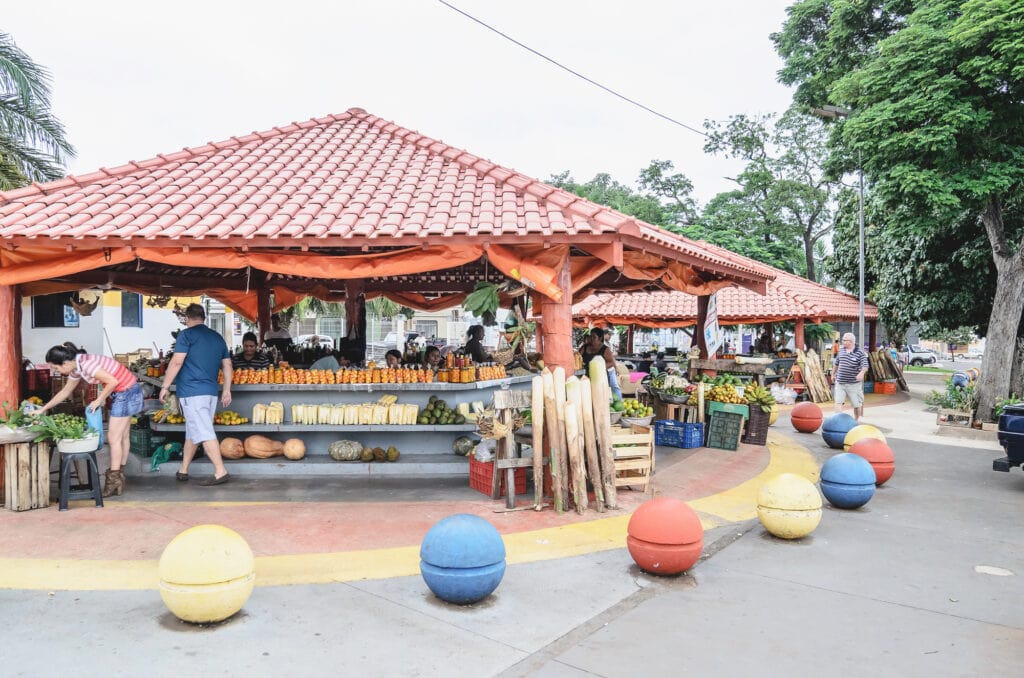
What are traditional indigenous foods?
Used by indigenous people the world over traditional indigenous foods are those harvested or hunted for food and medicine. These foods are harvested in a sustainable way that does not harm the environment and provides a way for modern indigenous people to express the spirituality and culture of their communities and to connect with the land and their hereditary traditions.
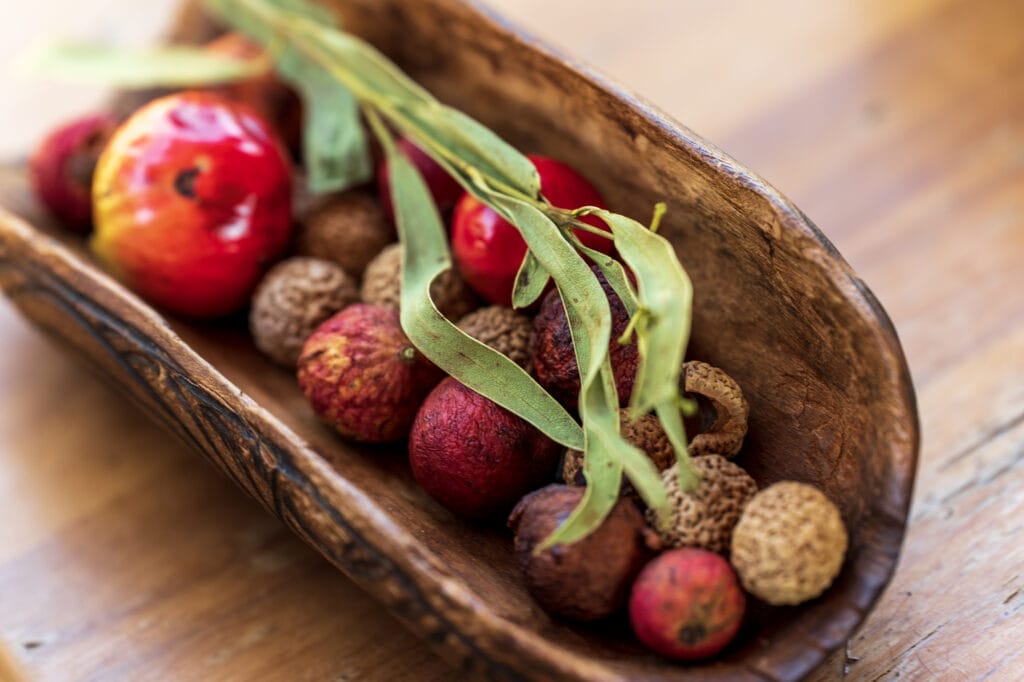
Indigenous Foods of North America
I became more familiar with native American food culture back in the early ’90s when I began working as a product developer with locally grown foods. I worked with Six Nations people in Brantford (this nation is comprised of the Mohawk, Cayuga, Onondaga, Oneida, Seneca and Tuscarora) and the Lenape at Moraviantown in Ontario.
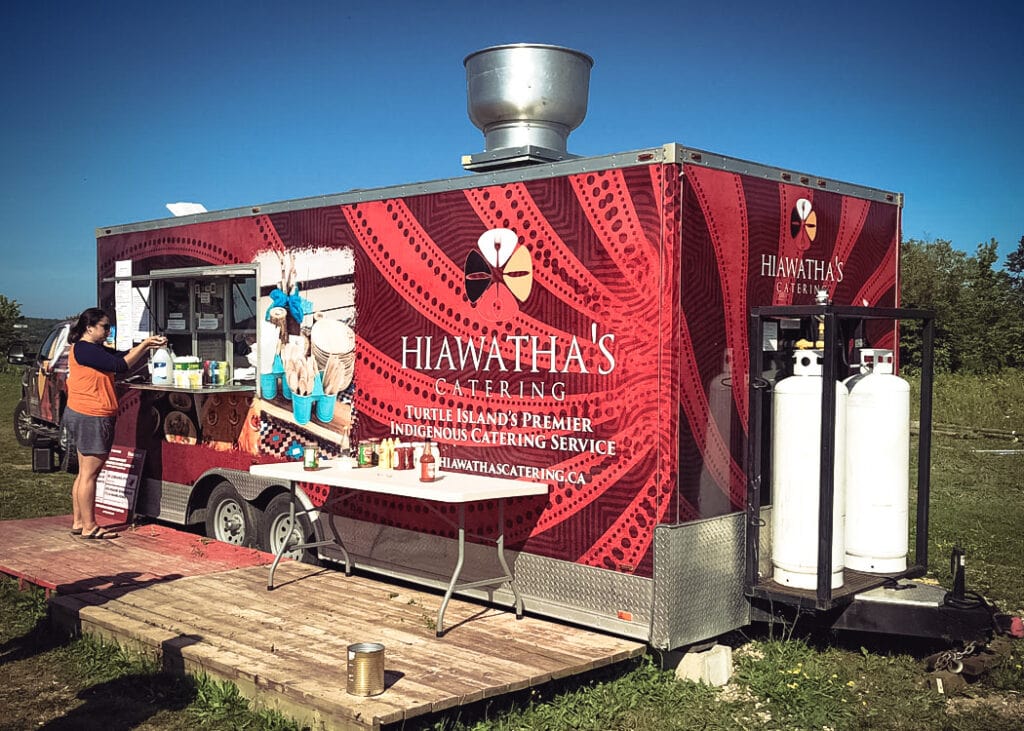
Native American food history tells us that by the time the Europeans arrived, the Native Americans had already developed new varieties of corn, beans, and squashes and had an abundant supply of nutritious foods. The indigenous cuisine of the Americas is widely consumed and their culinary skills still enrich the diets of nearly all people of the world today.
The importance of food in indigenous culture food has important cultural significance from harvest to consumption. Harvesting traditional foods is one of the main links that Indigenous peoples have to the land and is the main way to transfer intergenerational skills, support cultural values, and maintain spirituality
At that time the communities were trying to bring back knowledge of how to grow, cultivate and use indigenous plants to bring better health to their people and create ways for the people to use their crops as a way to develop revenue.
Take a listen to Toasted Sister Podcast to learn more.
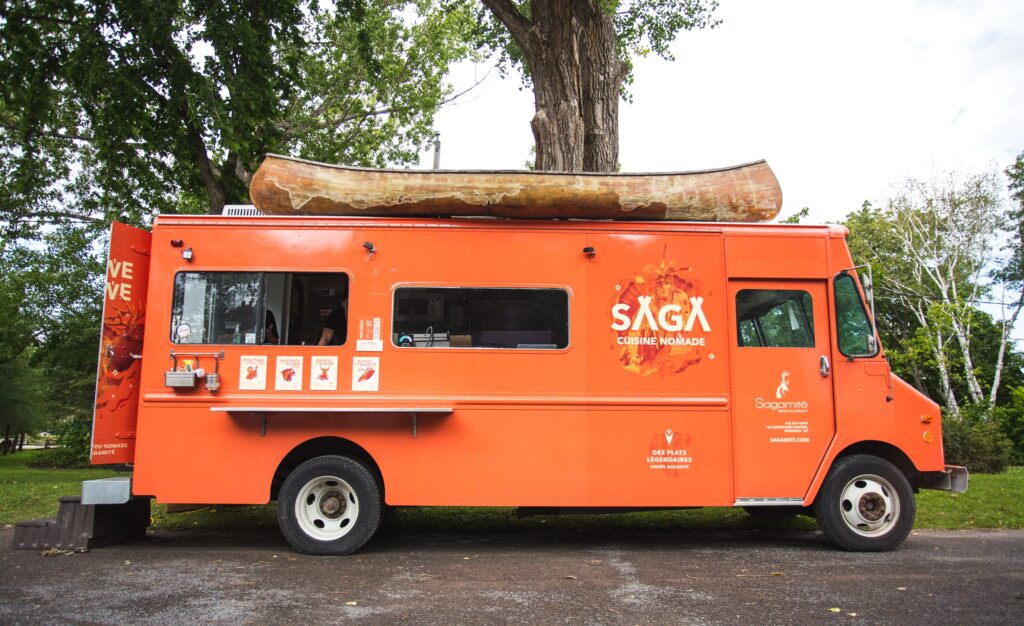
Three Sisters
From the people, I learned about the Three Sisters – corn, beans and squash that were staples in their food diet for centuries until colonization destroyed their culture and foodways.
Three hundred years ago, Native Americans were practising companion planting and growing three nutritious and easy-to-store crops in one garden. Over the centuries the three crops migrated from Mesoamerica to the far North and the Three sisters were used for food and trade.
Each vegetable benefits from the others the corn provides a place for the beans to clamber up to the sun, the squash blocks the sun from growing weeds and the leaves provide shelter to keep moisture in the soil, and the hairs on the squash stems keep insects from destroying the crop.
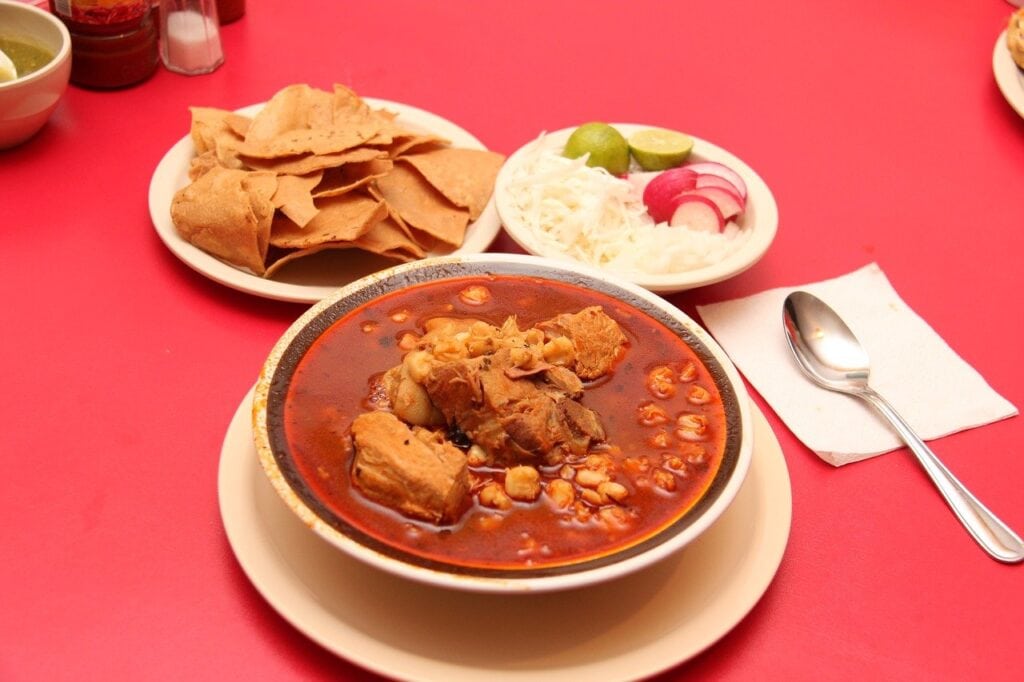
Native American food exclusively uses locally grown, domesticated and foraged ingredients. There are over 574 recognised tribes in the US alone and in Canada 600 and in Mexico over 62 various tribes or native ethnicities. This means that the food of the first nations people varies greatly from region to region.
In the Eastern part of N. American ingredients like wild ginger, ramps, wild garlic, juniper berries, maple syrup, turkey, duck and seafood like clams were all used. Wild fruits like blueberries, cranberries, blackberries, raspberries and muscadines were all part of the Eastern native diet. The bread was frybread a flatbread that can be made over an open fire.
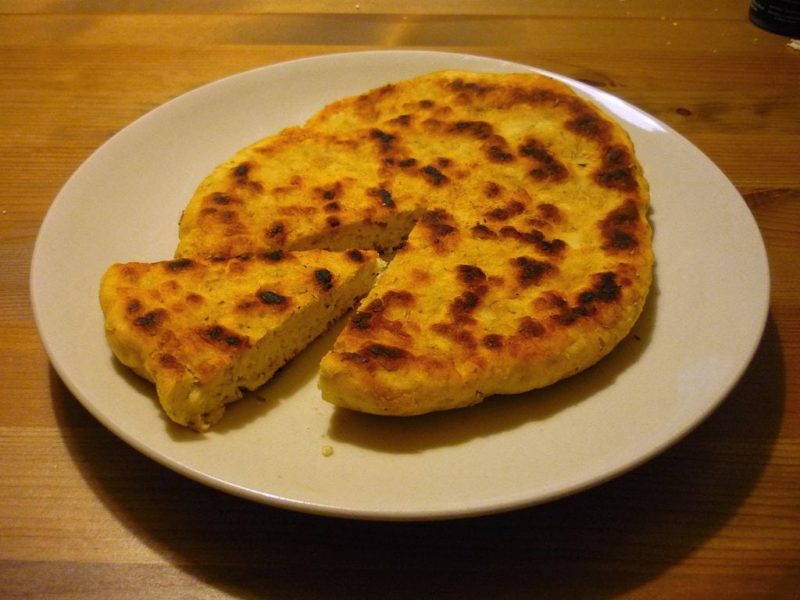
Meat that was used was hunted and included venison, bison, rabbit, squirrel, and various poultry birds like pigeon and turkey.
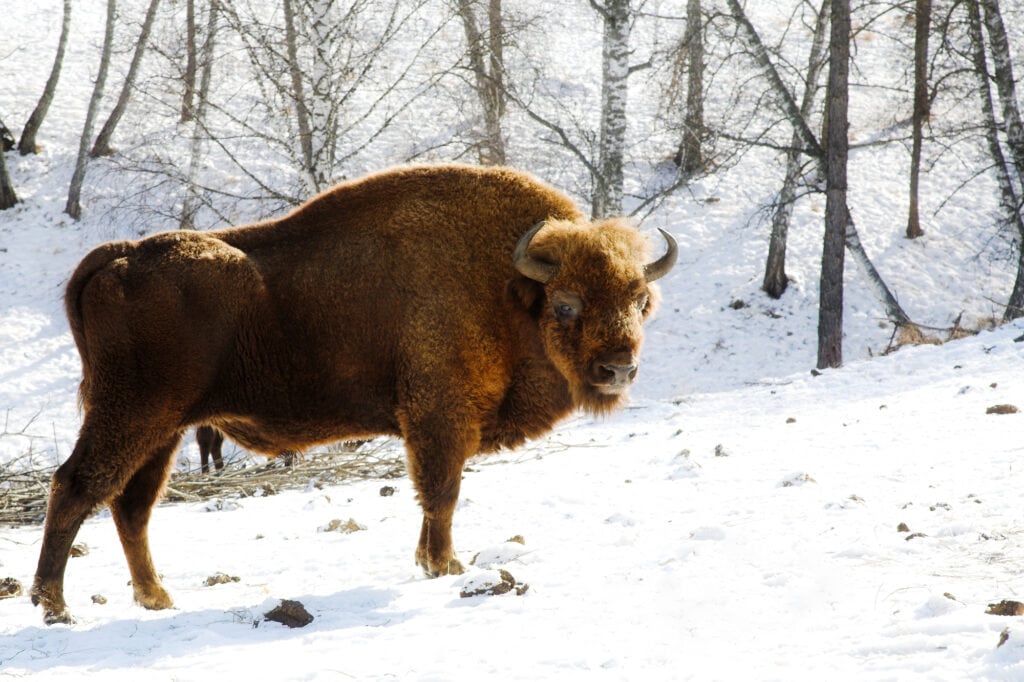
As we move further south there are more warm climate crops being used tomatoes, avocado, sunflowers, wild rice, sweet potatoes, peppers, peanuts, avocados, papayas, and potatoes were popular. From the rivers came freshwater fish and the forest’s pine nuts. Moving across to the Southern regions chillies and peppers were increasingly popular and the favourite bread was made from the treated corn and became tortillas.
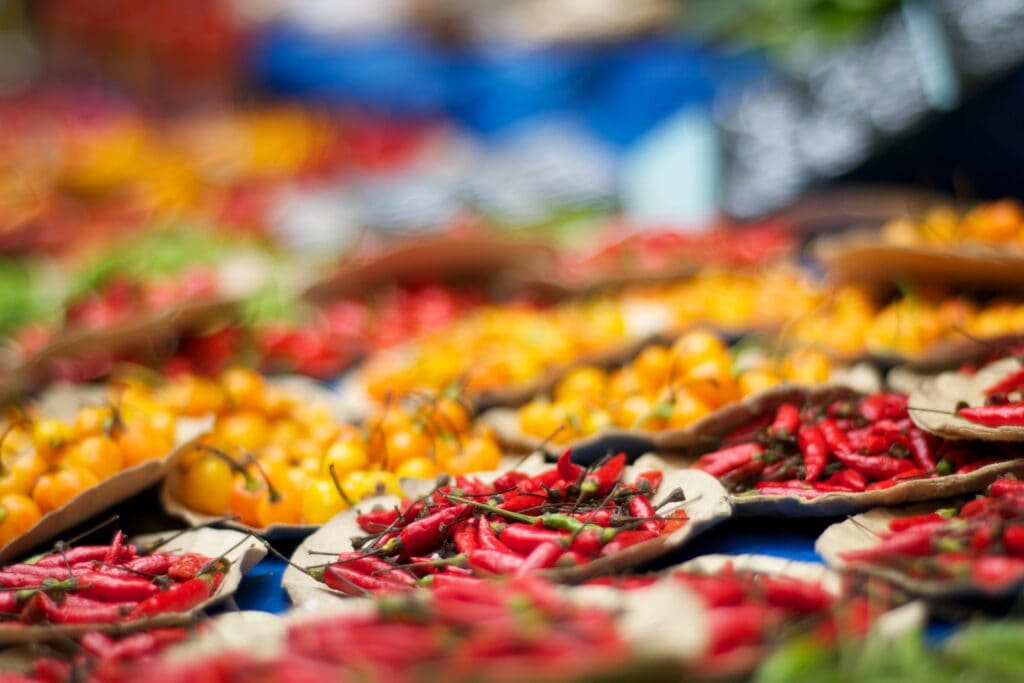
Along the Northwest coast, a traditional diet included all varieties of fish, seafood and meats such as duck, deer and rabbit. Because of the more human-friendly climate, food was more abundant year-round and the people didn’t have to rely on seasonal crops.
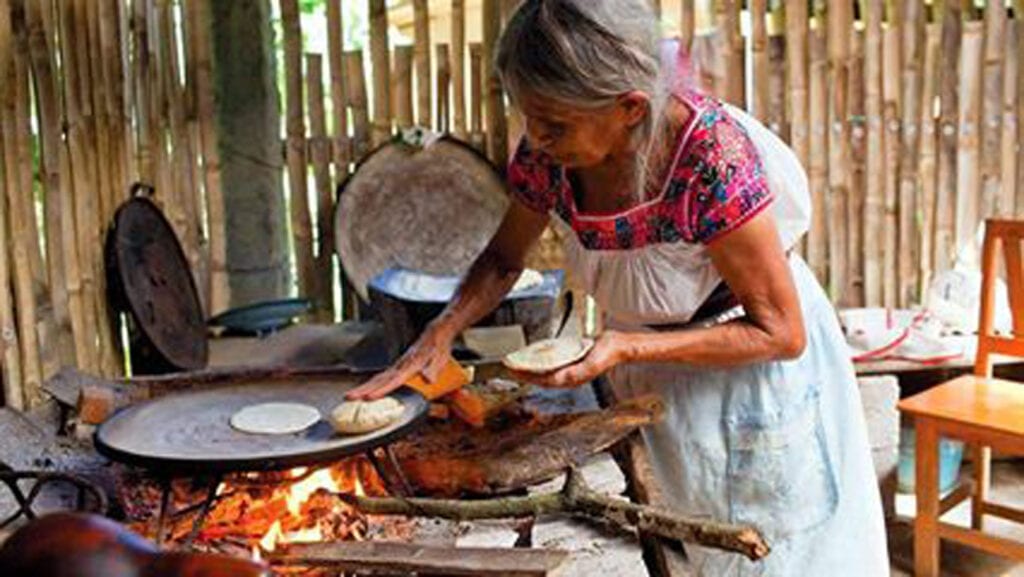
Across from the Northwest in the plains bison was the principal protein and to make it last year-round the meat was dried such as pânsâwân and pemmican which are versions of the beef jerky we buy at the gas station today. Pemmican was made with fats and protein from the bison to which fruit such as chokecherries, currants or berries were added. Native people wasted no part of the bison and many parts were eaten raw after the kill.
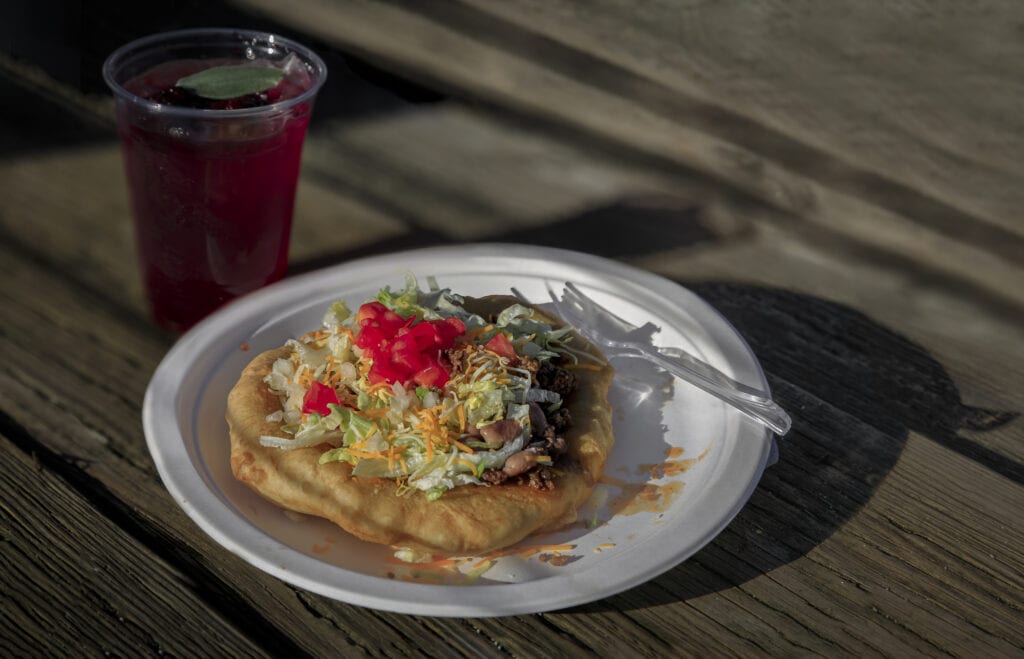
In Canada, the Metis people were particularly important to the survival of the explorers who taught them what to eat in the wild and how to forage for wild mushrooms, roots, fruit and edible leaves and plants.
In Arctic regions like Alaska, Nunavut, Yukon and the Northwest Territories the traditional Inuit diet is from foraged plants, fish and marine mammals such as whales and seals. Meat is often eaten raw and fermenting methods are used for preservation. Other meats include walrus, polar bear, hare, grouse, caribou and ptarmigan.
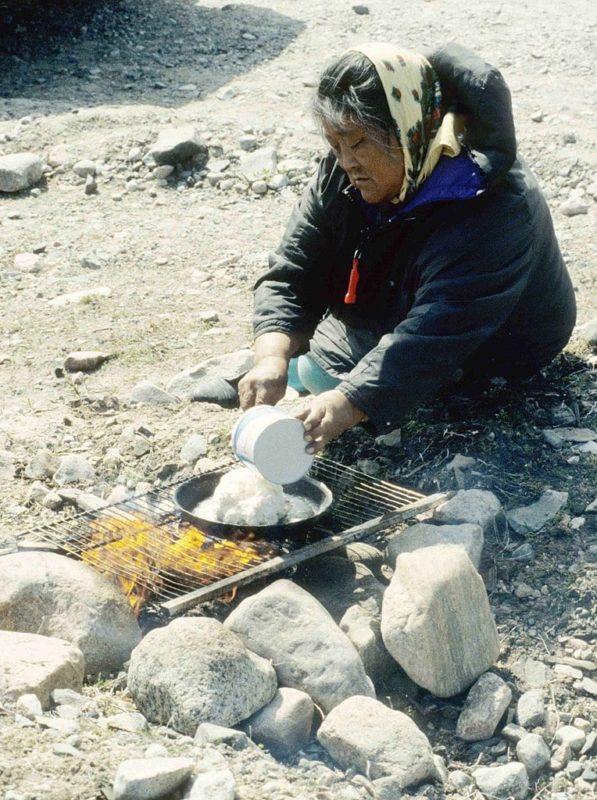
In the more coastal areas, fish such as salmon, lake trout, char, pike and whitefish are consumed. Foraged foods consist of edible plants and berries such as cloudberries, blackberries, and blueberries. Fireweed is an edible plant that is used when the leaves and shoots are young and it is also a medicinal plant used for wounds.
Mexican & Latin American Indigenous Foods
Many of Latin America’s indigenous foods are spread across North, Central and Latin America and it is difficult to know exactly what originated where. The obvious items are corn, beans, squash, tomatoes and certain herbs such as cilantro. It was the Aztec people who invented a method of using the hard flint corn that spread across the Americas.
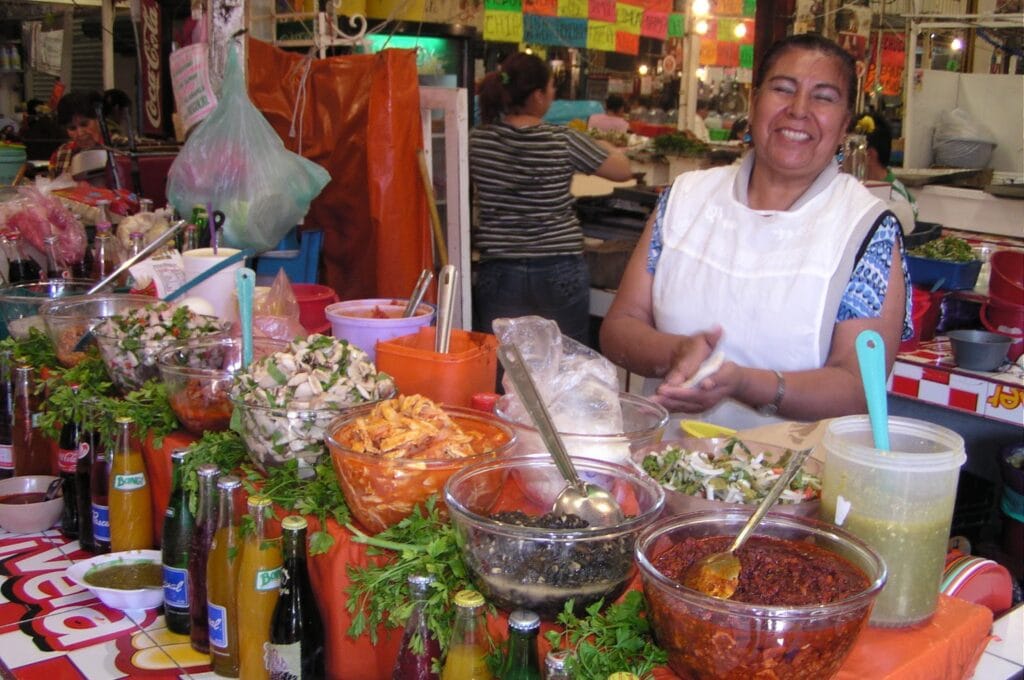
Corn – nixtamalization
Since the corn grown in ancient times was a hard flint type native people had to come up with a way to use the corn and they depended on a process called Nixtamalization.
Nixtamalization is a Nahuatl or Aztec word for the cooking and steeping of corn in alkaline water. This process takes an alkaline material like calcium hydroxide (slaked lime) lye or potash and adds it to the soaking water. The corn treated by this partially dissolves the corn’s hard exterior skin making it much easier to grind.
The nixtamalized corn is then ground to various states to produce masa which is used in a tortilla, tamales and so on, left whole to be used as posole, or ground to a finer consistency to produce hominy or grits. A by-product of this is also the creation of liquors such as whiskey. This practice spread throughout the groups of indigenous people’s from Latin America to Canada.
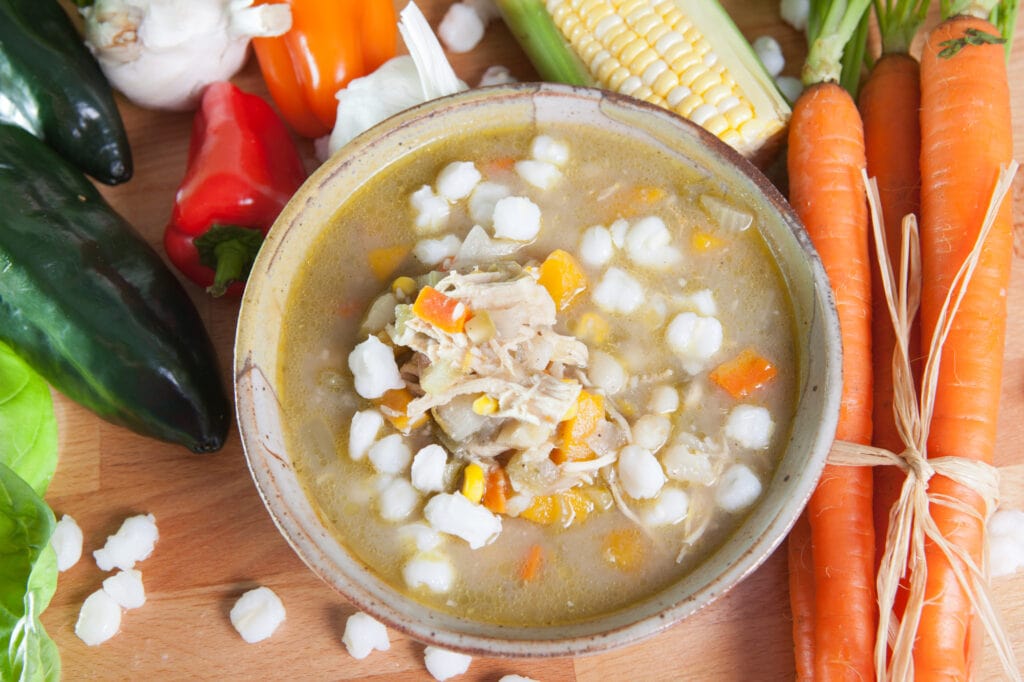
Other foods such as cassava are indigenous to Latin America and have been used for hundreds of years. Of course, it is related to the potato which is indigenous to Peru and first cultivated in South America between three and seven thousand years ago. Papa Amarilla is the yellow potato of Peru, papa Sseca is the dried potato of the Andes and chuño is a frozen and dried potato from Bolivia, sweet Potato is also thought to have originated in South America.
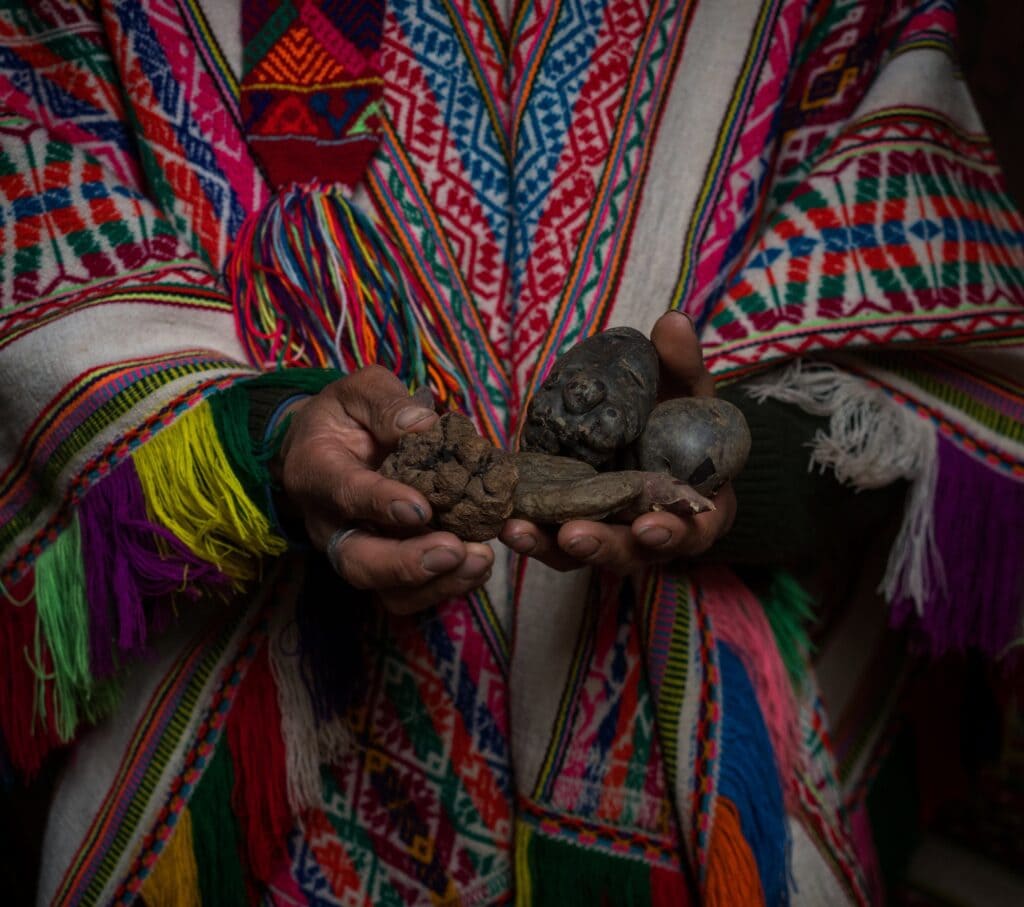
I suspect that everyone knows that chillies are Indigenous to South America with a myriad of varieties available and new ones being produced all the time for greater heat levels. Plantain is also from the Americas and personally is one I just love. Firmer and lower in sugar than banana plantains are made into a variety of dishes including double fried plantains known as delicious patacones.
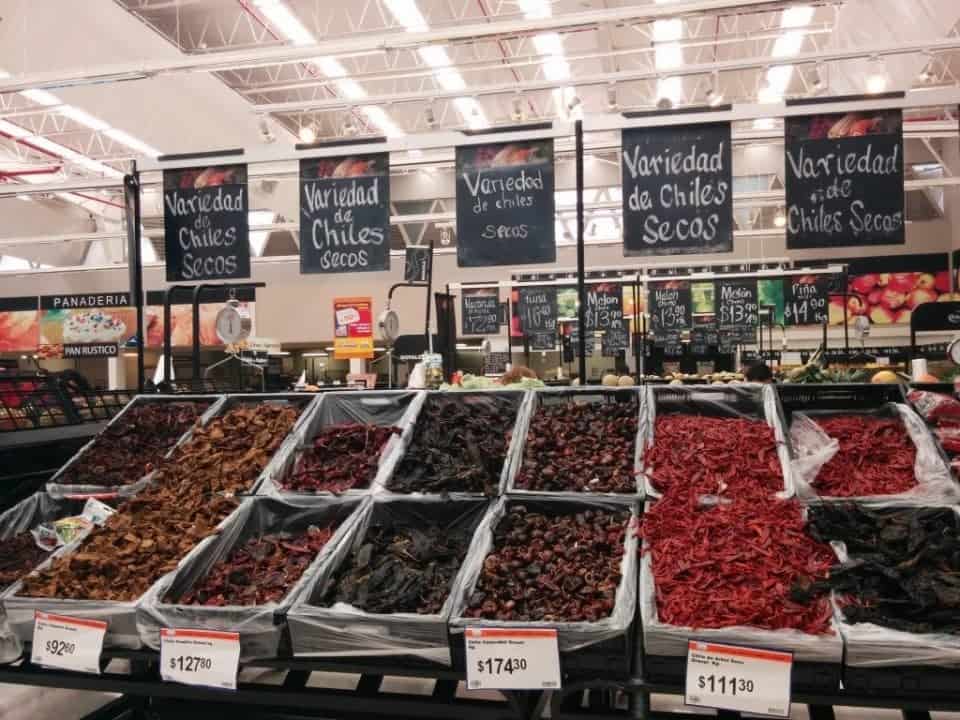
Quinoa has been cultivated in the Andean highlands since 3,000 BC. It has a light, fluffy texture when cooked and has become a great option in salads for those who love an Ancient Grain. Of course, I mustn’t forget the tomato which journeyed from the Americas to star in Italian cuisine.
Limes don’t appear to be indigenous to the Americas as the experts believe that they were first harvested in Southeast Asia and brought to the Americas by sailors who used them to prevent scurvy.
Caribbean Indigenous Food culture
Originally the culture of the Caribbean was comprised of the indigenous Arawaks, Caribs, Taino, and Ciboney. These cultures have been mostly melded into the population of immigrants including the slaves who harvested the sugar plantations. These indigenous people were essentially hunters and gatherers but they did cultivate cassava, sweet potato, corn, peanuts, peppers, chillies, squash, beans and pineapples.
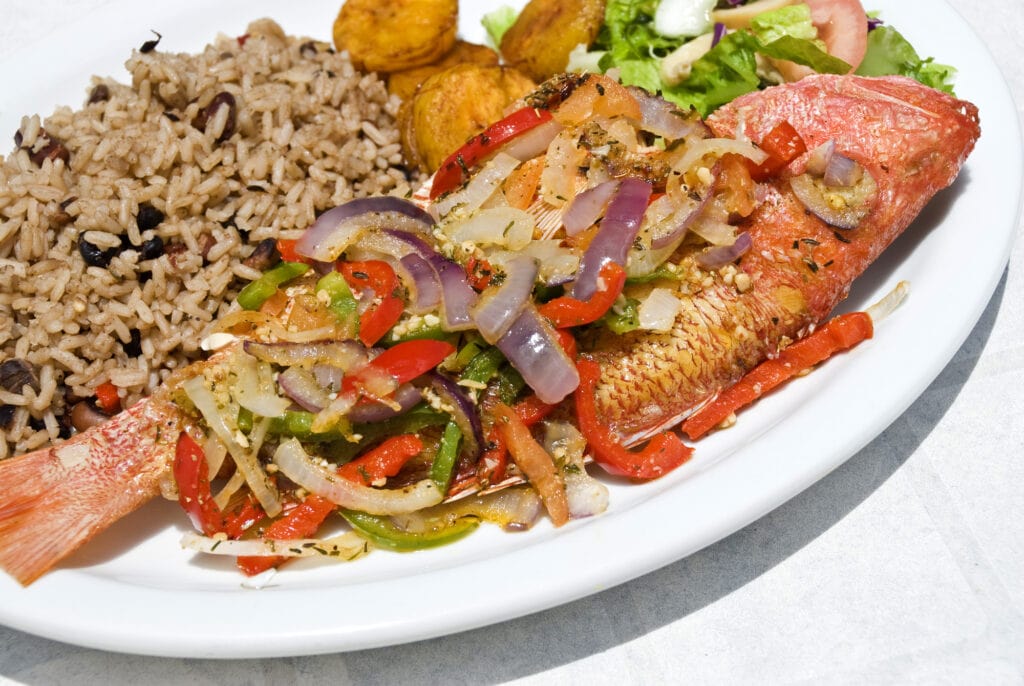
Jerk which we think of as Jamaican was originally a style of cooking meat that originated with the Taino people of the island. Many dishes that are now seen as indigenous to the Caribbean were developed through the use of ingredients brought over by sailors and the colonizing nations. Bush teas were derived from native ingredients such as Ginger Thomas (trumpet flower bush), and soursop – a fruit that tastes like apple and strawberries and has a custard-like inner flesh Other greens were used for herbal teas like Wormgrass or inflammation bush.
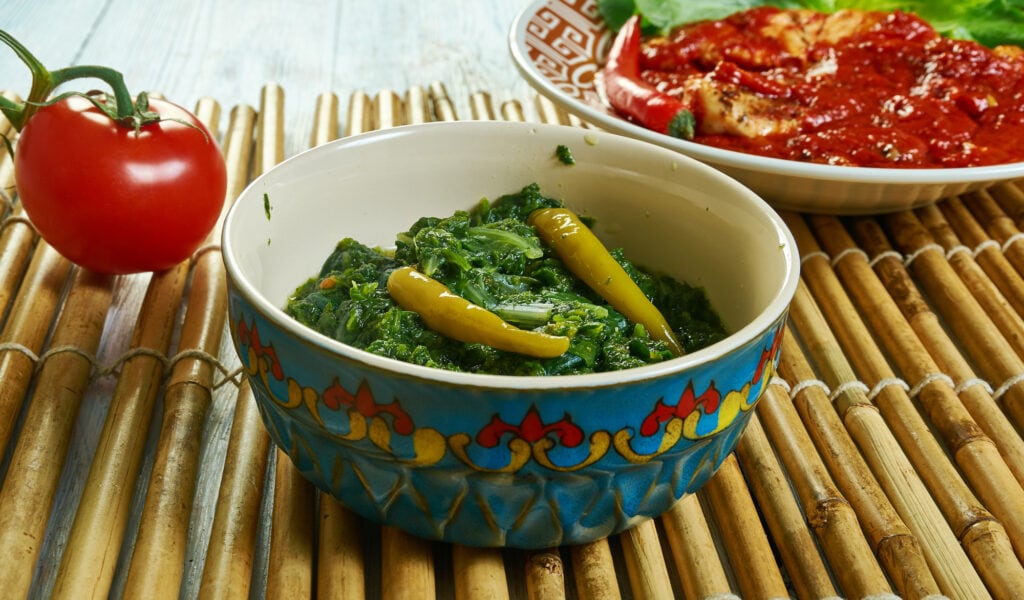
If you have been to a Caribbean restaurant or visited the islands you may have been lucky enough to have a meal of Pepperpot Stew. This spicy concoction is of Taino origin full of vegetables, chillies and meat thickened with boiled cassava. Or perhaps you tasted Ouicou a fermented cassava beer developed by the Carib people? Taumali is a Carib sauce made from the green livers of lobsters with hot chillies and lime added.
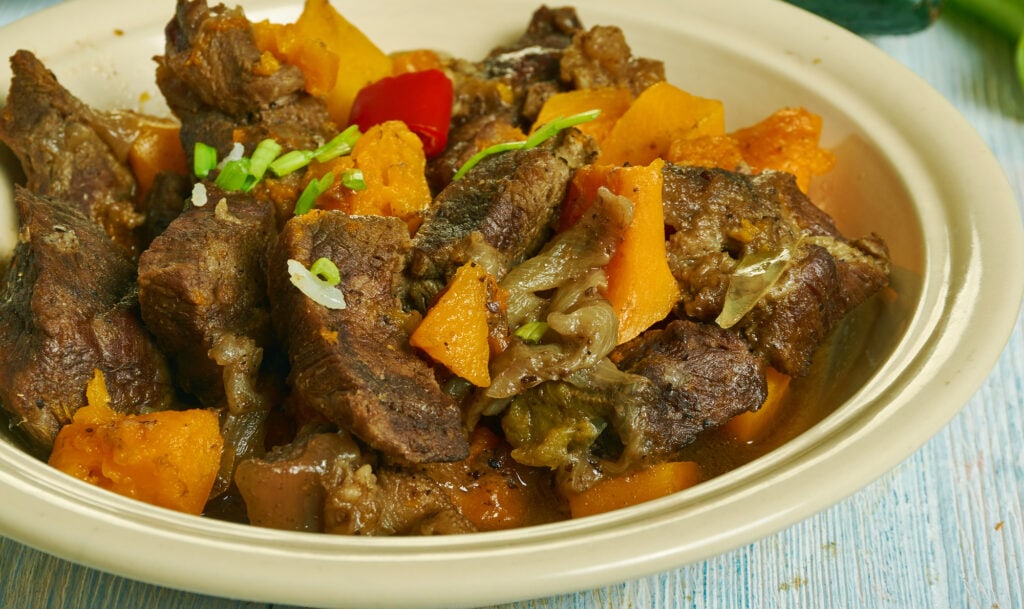
The Indigenous foods of Australia
Australia’s Indigenous peoples are two distinct cultural groups made up of Aboriginal and Torres Strait Islander peoples. But there is great diversity within these two broadly described groups which is apparent when you take into account the over 250 different language groups spread across the nation.
In Australia and the Torres Strait Islanders, the belief is that all the plants and animals are created by the ancestral Spirits of the Dreaming. The Dreaming refers to a period when everything was created.
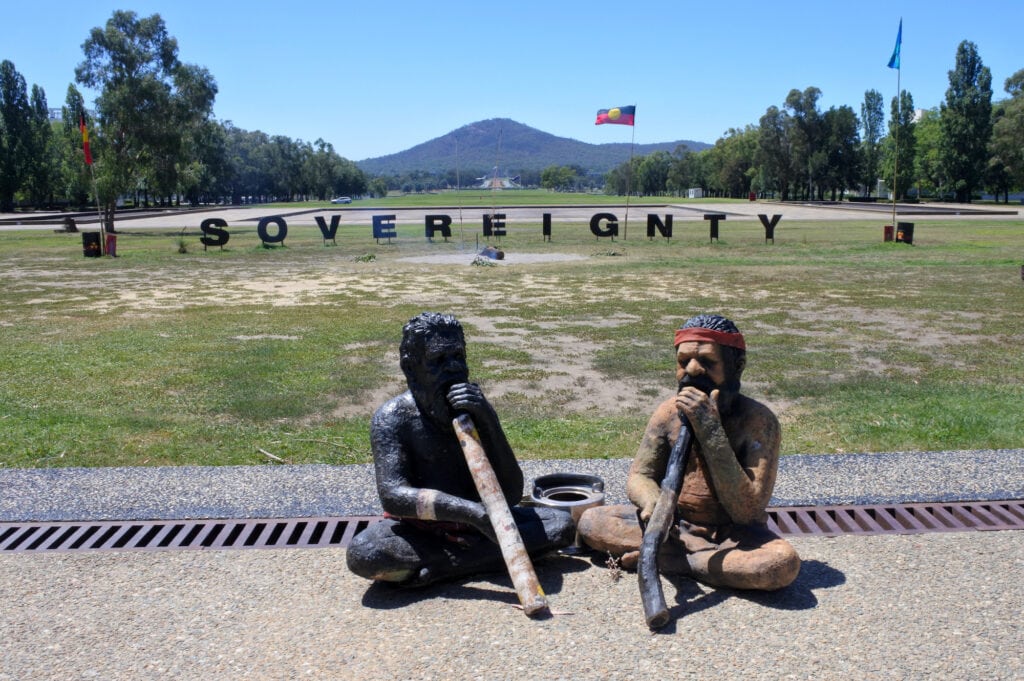
Each food was created by these spirits and certain groups or individuals are linked to particular foods which become their “totems”. These linked foods cannot be eaten except in some particular ceremonies.
The main food providers outside of the male hunters were of course women. It was the women who planted and gathered the foods like taro, yam, cassava, eggs, shellfish and small mammals for meat.
Aboriginal people had to move around from place to place to hunt and gather the available food. Torres Strait Islanders stayed in one place but planted gardens and gathered bush foods and shellfish to feed their family.
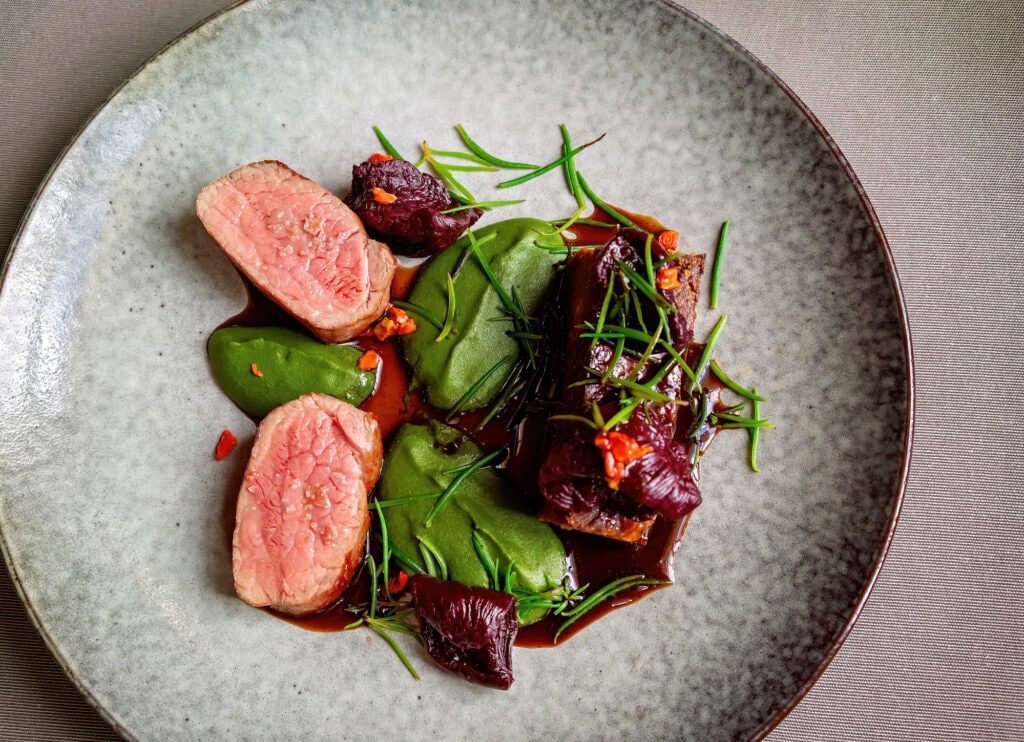
Bush Tucker food culture
The Bush Food industry in Australia began in the 1970s and 1980 up until then Bush Tucker or really what was considered aboriginal foods became popular with chefs and cooks looking to source sustainable and local meats and produce.
Bush Tucker was essentially a denigration of the foods consumed by the aboriginal people. It wasn’t until much later that foodies and researchers began to realize that the local native species of plant foods, seafood and meats were healthier and much easier to obtain than products that were not native to the country.
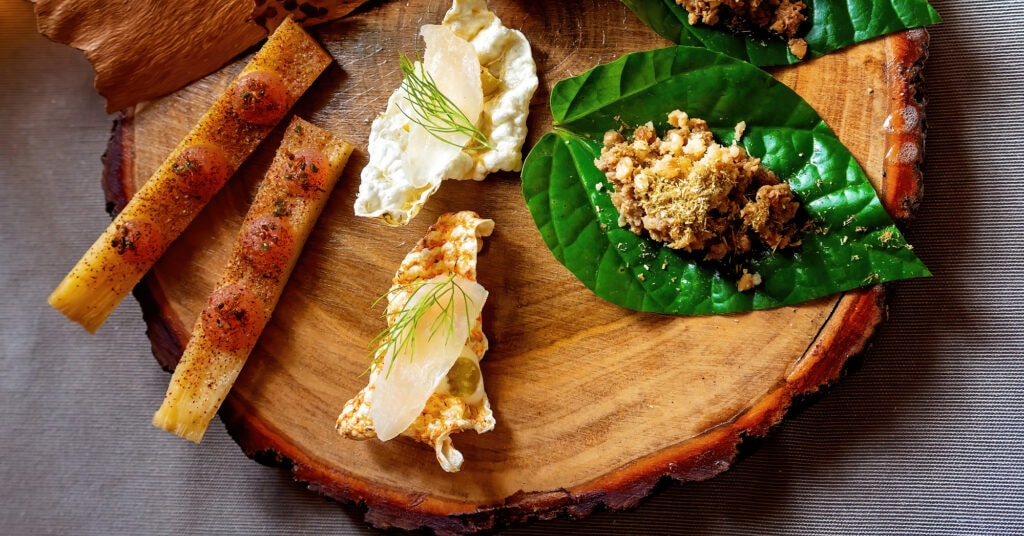
The Indigenous Food culture of New Zealand
In New Zealand, the Māori people were traditionally hunters and gatherers who gathered their food from the land and the ocean. The Māori came to New Zealand from the Polynesian Islands and brought with them staples such as yam, taro and kūmara (which is a sweet potato). For meat, they had the Kiore – a Polynesian rat and a Polynesian dog called kurī. The Māori also hunted a wide range of birds such as the Rakiura muttonbird, and the Moa.
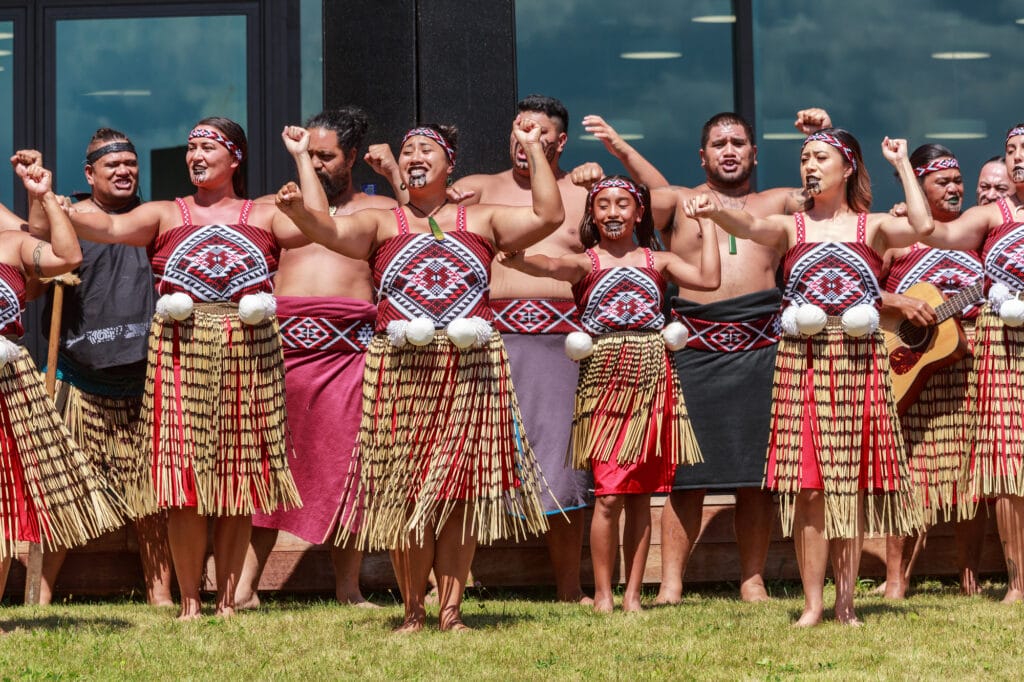
Māori potato
The Māori potato (taewa tutaekuri ) is a potato variety that existed long before colonization and many varieties have been lost over the centuries. But due to indigenous gardening projects and agricultural research, there has been a resurgence of interest in this Māori potato.
Matariki Celebration food
Matariki is a special occasion in the New Zealand calendar which marks the start of the Māori New Year. Signified by the Matariki cluster of stars reappearing in the night sky, this is a time to reflect on the past year, celebrate the present, and plan for the year ahead.
Matariki feasts often feature food cooked in a hangi – such as paua, oysters, crayfish, kina (a type of sea urchin) lamb, pork, mussels, seafood, and vegetables like kamo kamo and puha and herbs gathered from the bush.
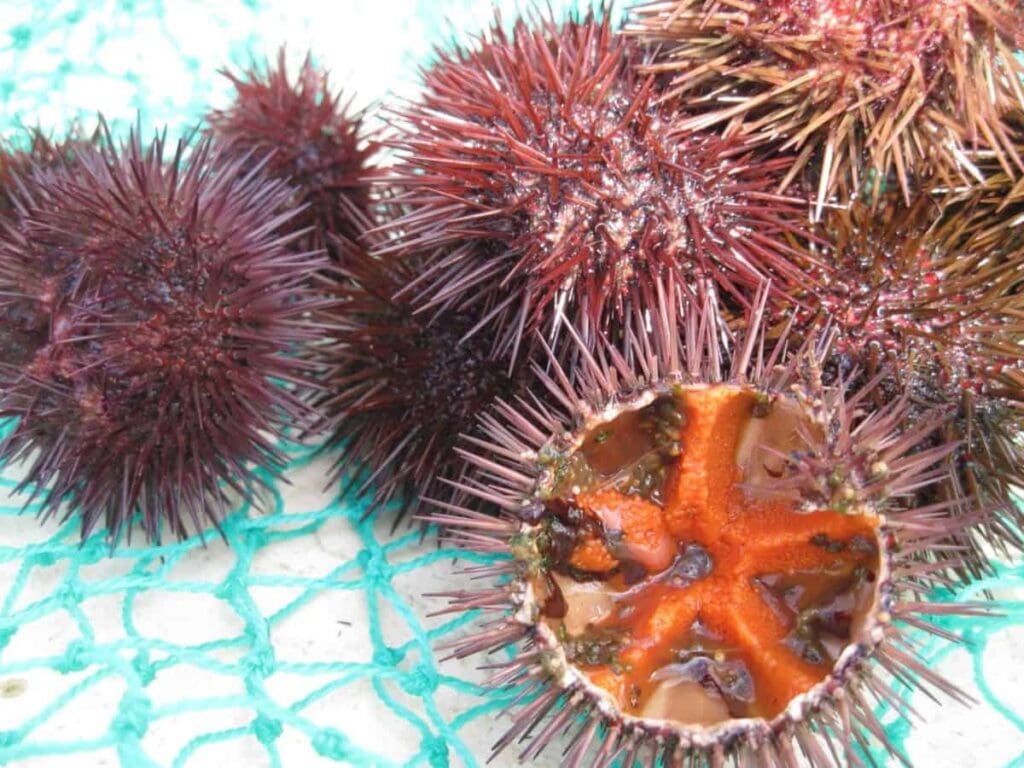
Māori bread
Māori bread is called Rewena pararoa and it is made from potatoes. It is sold at many weekend markets and in speciality bread shops.
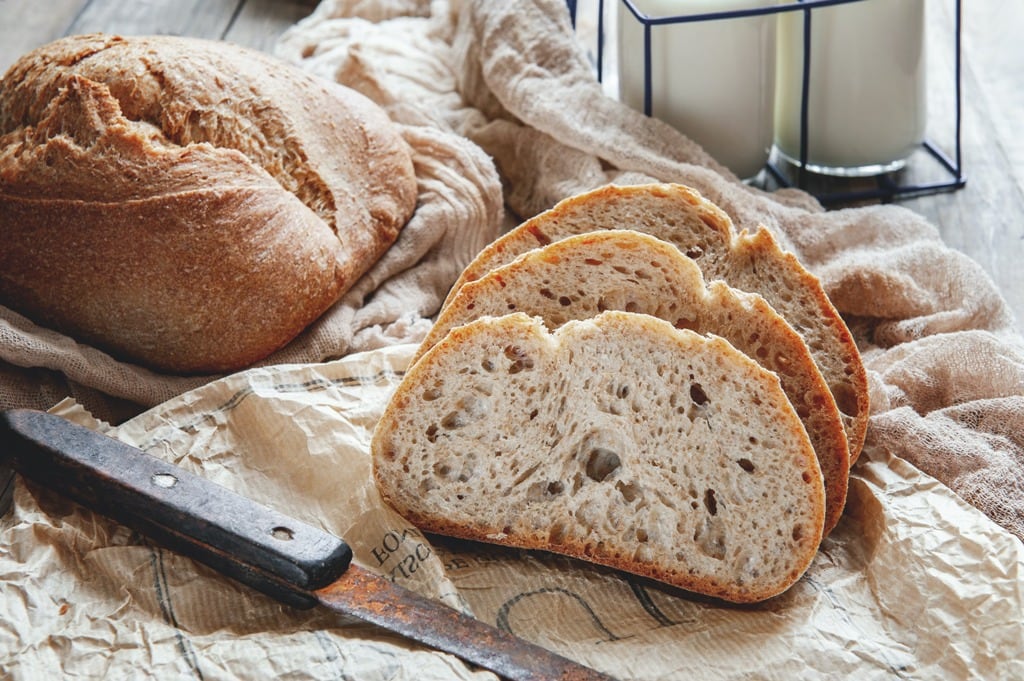
Indigenous plant foods in New Zealand
There are also many traditional indigenous herbs and greens now becoming more popular. One I’m sure you have heard of is Manuka which is New Zealand Ti Tree. This is not the Tea Tree we know nor is it Manuka honey. Manuka comes from a flowering plant that the bees feed on to create the nectar used for Manuka honey. It was and is used for making teas or as a herbal infusion for drinks and flavouring.
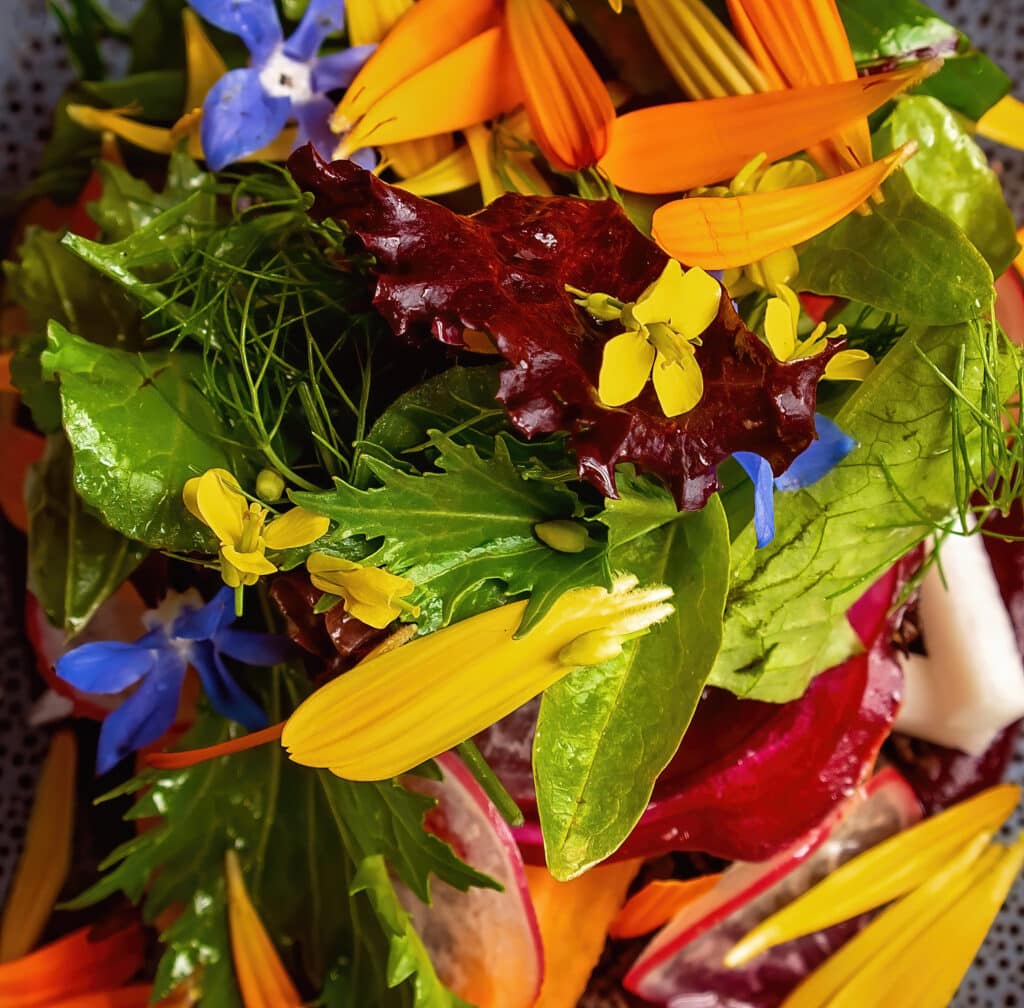
Greens and garden plants used in Maori Indigenous foods include Puha which is a green leafy vegetable found growing wild – and kowhitiwhiti / watercress. Pikopiko fern tips. Similar to the Canadian fiddleheads in New Zealand they harvest bush asparagus fronds which are pale green with brown spots. These are some of the many items that you have to be carefully foraging for in New Zealand as many of the wild ferns are deadly.
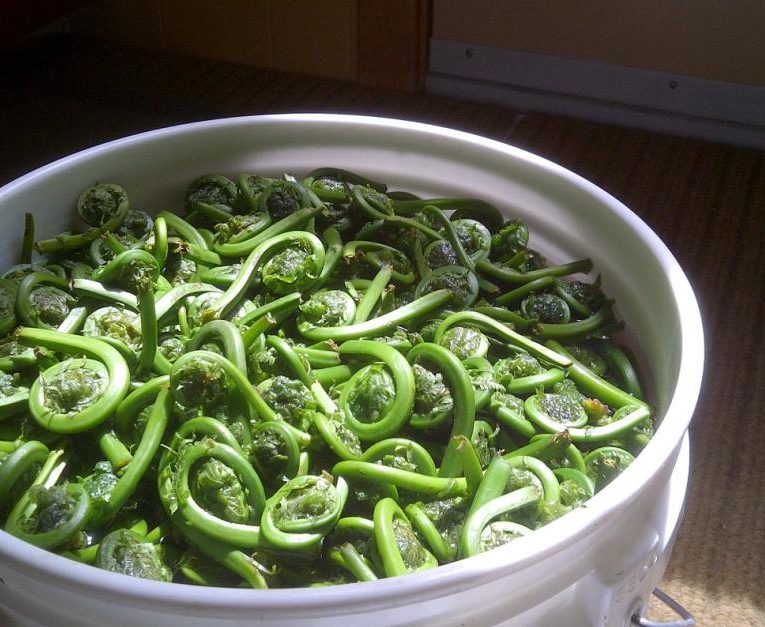
Kawakawa leaves are heart-shaped and have a light minty flavour. They are harvested mainly in the coastal regions of New Zealand and are used dried and ground. The Maori burned the leaves to destroy insects and the seeds are used as a spice.
The Maori also harvest seaweed and Korengo is very common and is used either raw or dried and ground as a seasoning for other dishes. Horopito is a pepper bush and the dried leaves add a hit of heat to any meal.
Māori hangi ovens
I experienced my first Hangi when in New Zealand many years ago. I was in Rotorua and was invited to a hangi feast. These days if you visit the area you can experience one with the Whakarewarewa Living Māori Village, Tamaki Māori Village or Te Puia for a delicious steam hāngī experience.
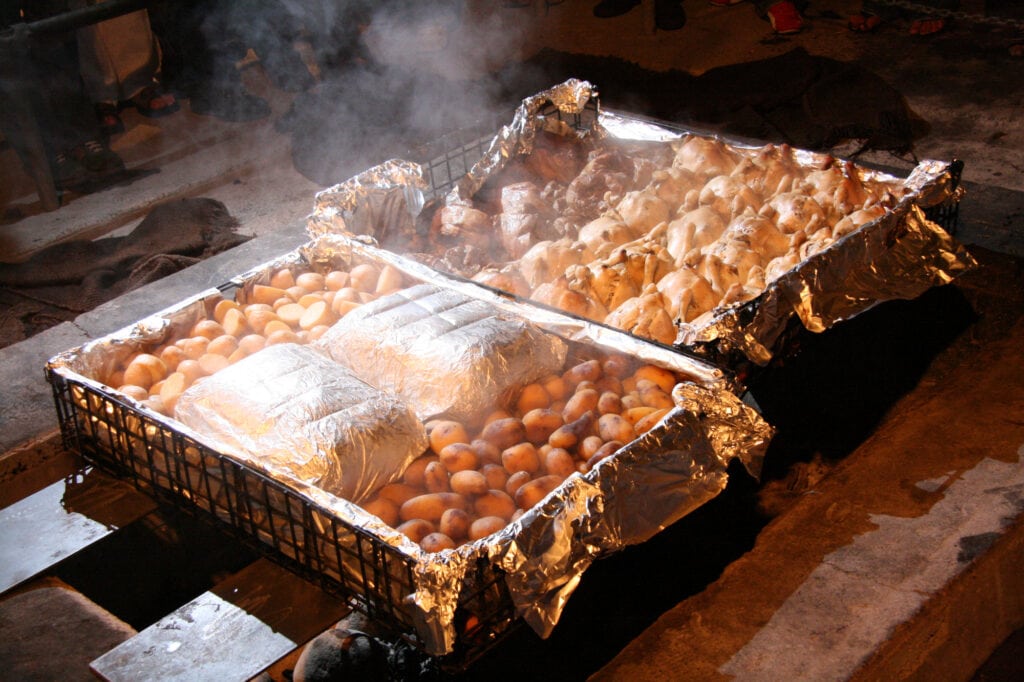
The hangi is actually a cooking method that is used extensively in New Zealand’s thermal regions around Rotorua. Traditionally a hangi involves digging a hole, placing hot rocks and stones on the bottom of the hole and putting a metal basket of food within the hole to cook over many hours. In Rotorua, the Māori also used natural pools of boiling water and steam.
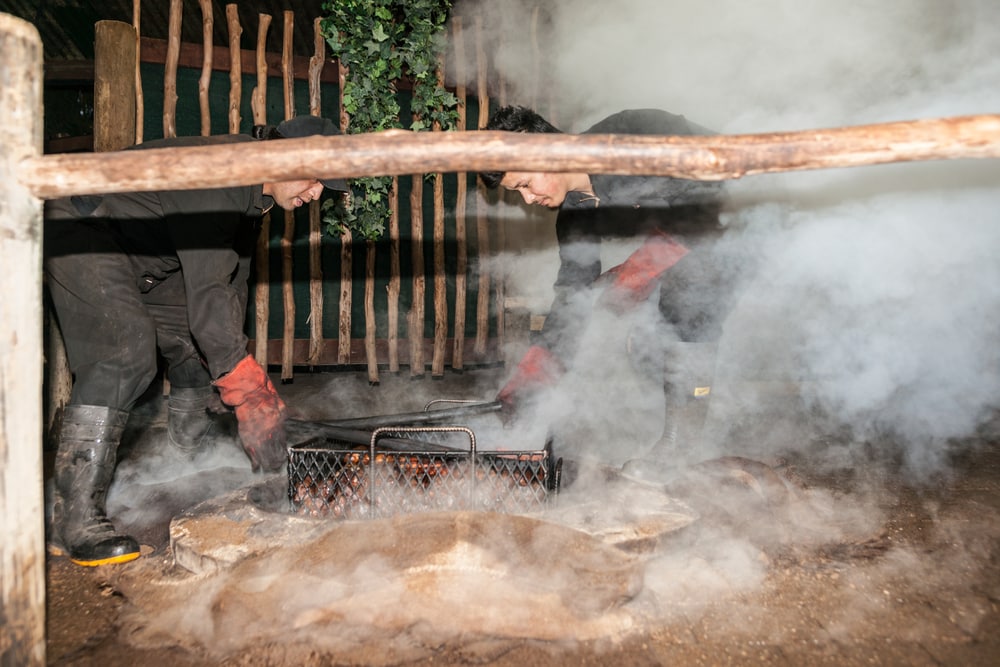
Indigenous food culture in Africa
In the time before recorded history, Africa was not only the birthplace of humans but also the food basket. Plant migration out of Africa and into this vast continent took the route of trade between Africa, Asia and Indonesia. Foods including banana, sugarcane and rice began new agriculture and with colonization and the resultant abhorrent slave trade, a number of new crops were introduced. These crops included Sweet potato, tomato, beans, chilli peppers, pumpkin, corn, peanuts and cassava.
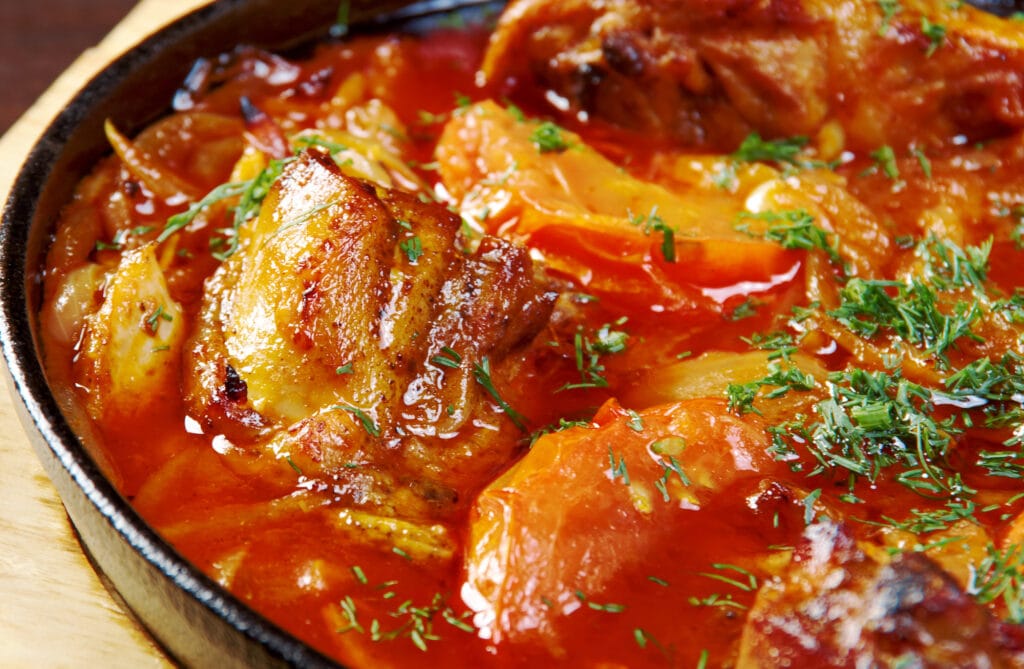
Much of Africa’s indigenous foods were abandoned when the colonizers demanded that African farmers grow high-yield crops for sale such as chocolate, coffee, cotton and other easily transportable goods.
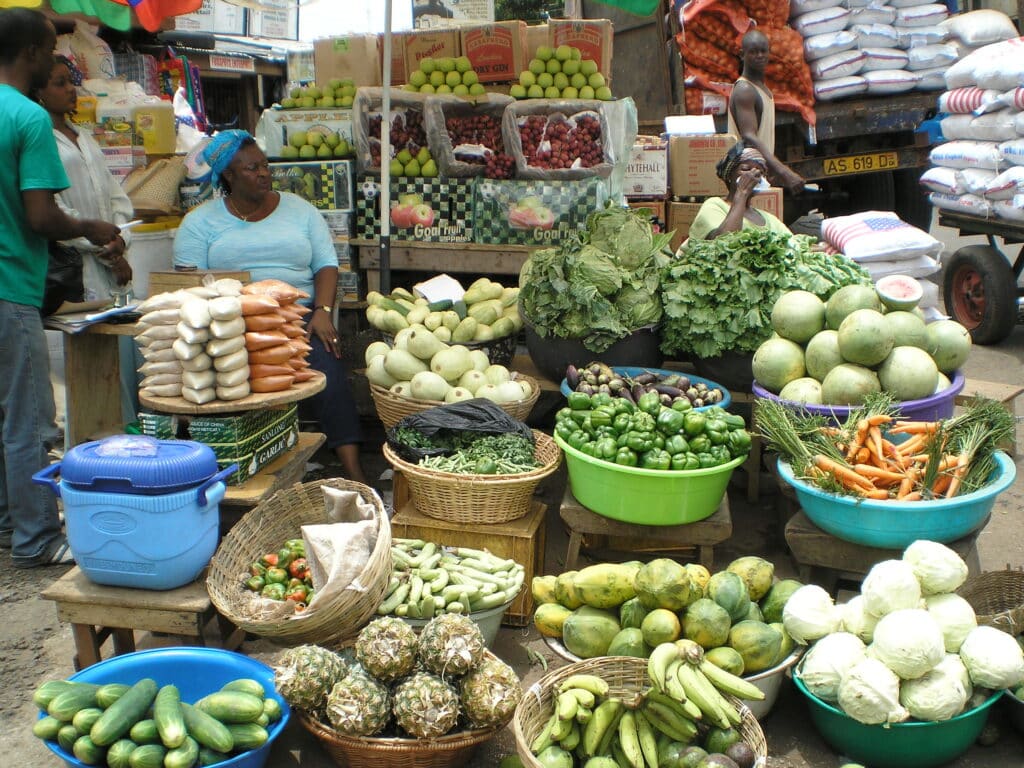
Scientists who specialize in agriculture estimate that there were over 3,000 native African roots, stems, tubers, leaves and leafstalks, bulbs, fruits and vegetables eaten.
Indigenous African greens
Although used in many ancient grain dishes and recipes in Africa amaranth is used as a green vegetable that is boiled and served like spinach. One indigenous African food is gathered from the Baobab Tree. The tree provides fruit that is used to make Tebaldi juice by soaking and dissolving the dry pulp of the fruit in water, and the leaves are eaten either in a sauce or dried and used as a seasoning.
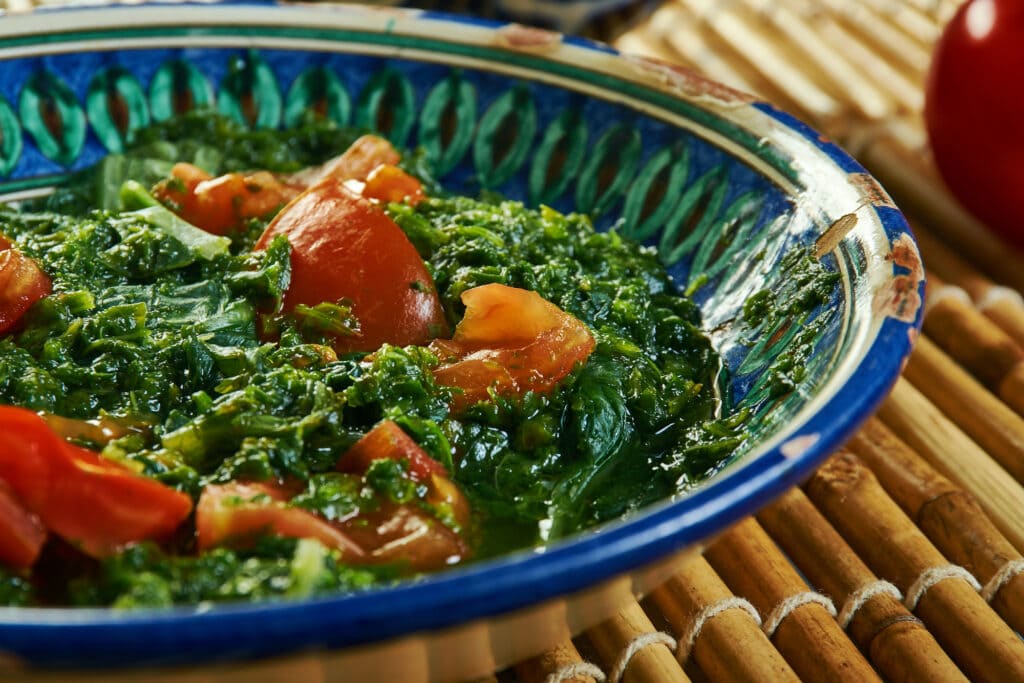
Celosia is a plant that many of us grow in our gardens as an ornamental plant but in Africa, this is a common vegetable crop. The young leaves, stems and flower spikes are used to produce a beautiful soup that is very common in West Africa.
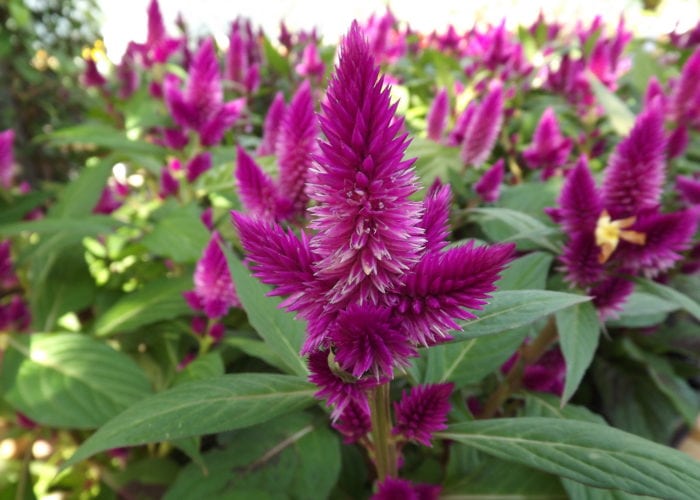
The marama is a plant that produces a peanut/soybean type of seed above ground and below ground, there is a tuber bigger than a sugar beet and more nutritious than yams or potatoes. Moringa trees give us protein, oil, vitamins and minerals and carbs from their edible leaves, pods, seeds and roots. It is used and eaten like spinach and has a taste similar to asparagus. It also provides lubricating oil, lamp oil, wood, paper, liquid fuel, skin treatments, the means to purify water, and more.
Eggplants in Africa are also known as Garden Eggs, Bitter Tomatoes, and Diakhato these are all eggplant varieties grown in various regions of Africa. Some appear to look like tomatoes and some just like the name look like eggs. The plant’s leaves are used along with the vegetable itself that is used in sauces.
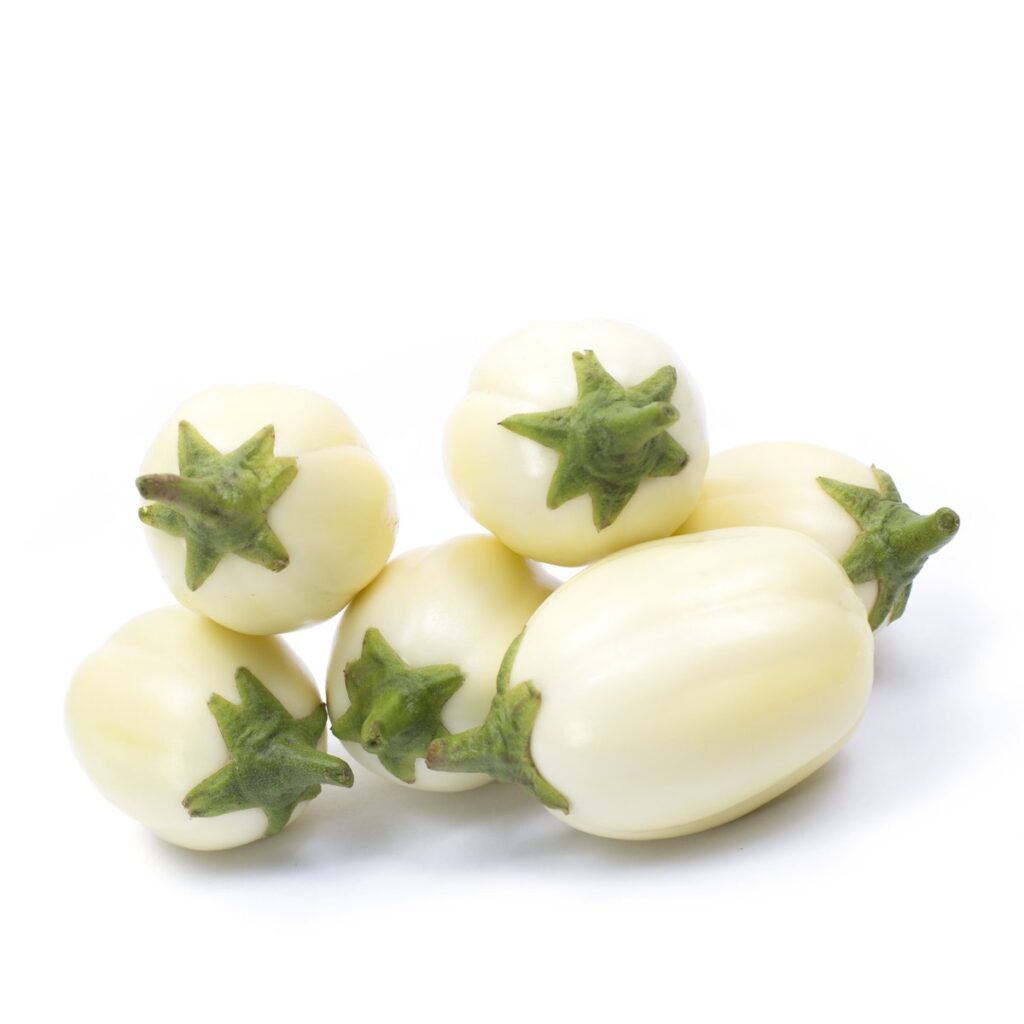
The Egusi is a type of melon that is grown and the seeds are used to thicken stews and ground to make egusi dumplings. The seeds can also be roasted and made into a sort of peanut butter. The locust bean is a legume but it grows over 40 feet high the seeds are gathered and used fermented into the famous West fermented paste Dawadawa. This is very high in protein and vitamins and keeps well with no refrigeration.
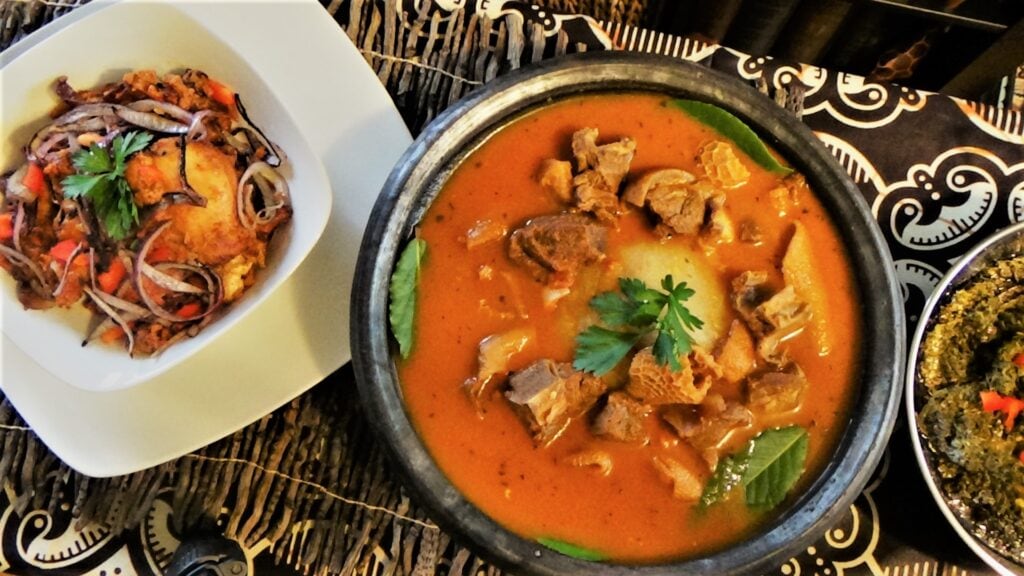
Indigenous African peas, beans and pulses
Bambara Bean is very much like a peanut and is harvested dug from the ground. They are usually boiled, fried or roasted and can be ground into flour. The cowpea is of course a black-eyed pea the favourite of southern cuisine in the USA. In West Africa, it is estimated that there are 6 million hectares of cowpeas grown annually.
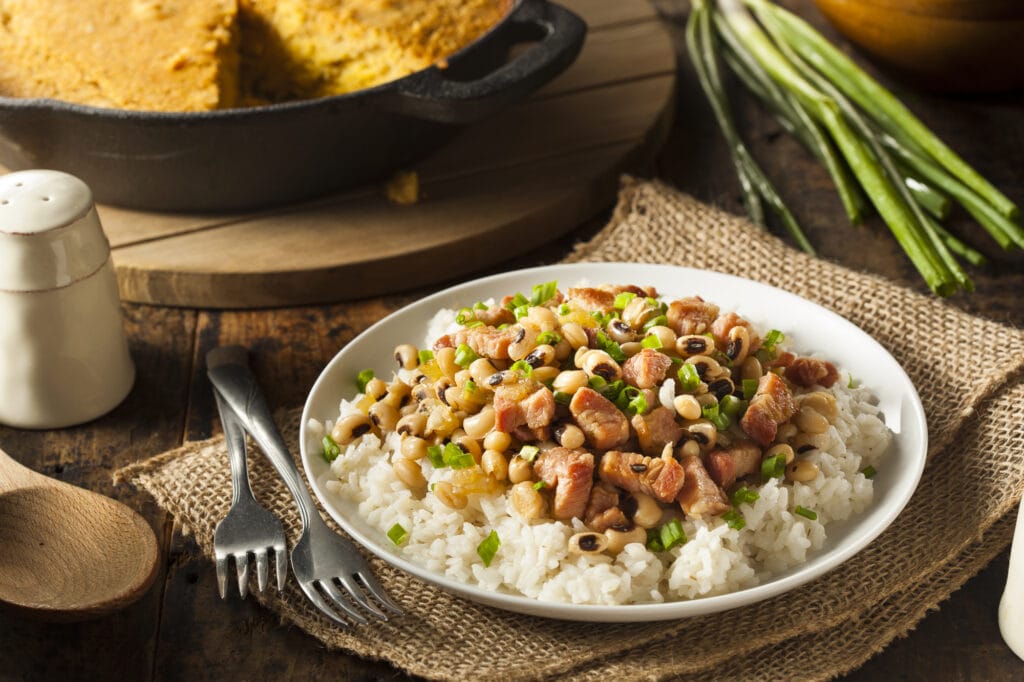
Dika nuts are grown over much of Africa and are in some areas eaten as a tree fruit but the seed or Dika Nut is the most popular. Much like cashews, they are eaten raw or roasted. In Central Africa, they are ground and mixed with fiery spices to create Ogbono soup.
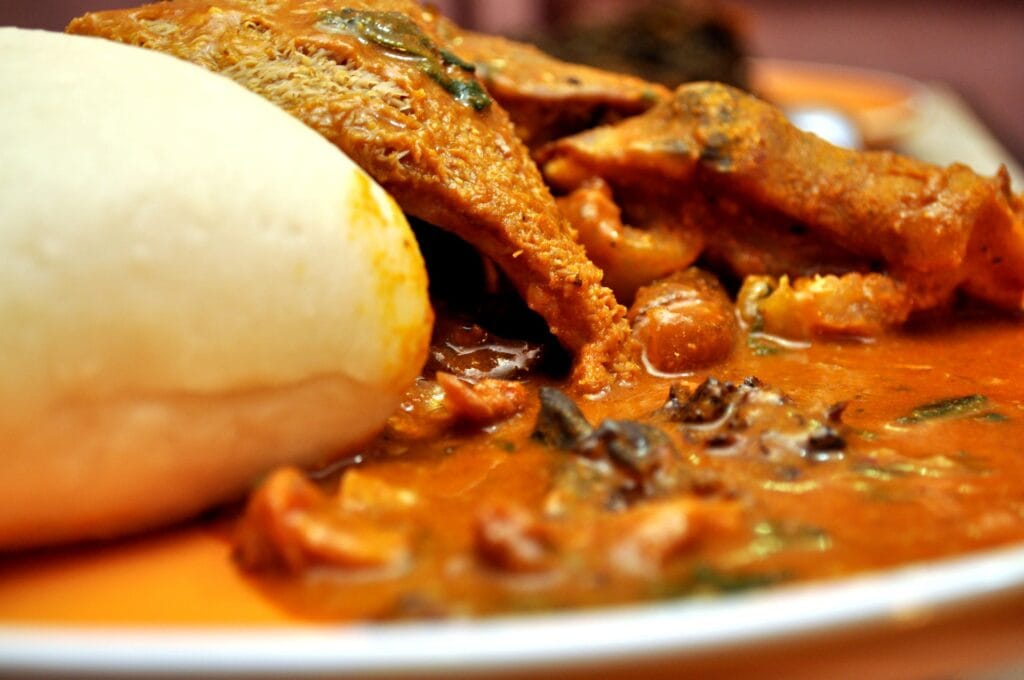
Long Beans look like snap bean but it is pencil-thin in English it is called a yardlong bean. These beans are stringless and sweet and often thought of as Asian bean but it is indigenous to Africa.
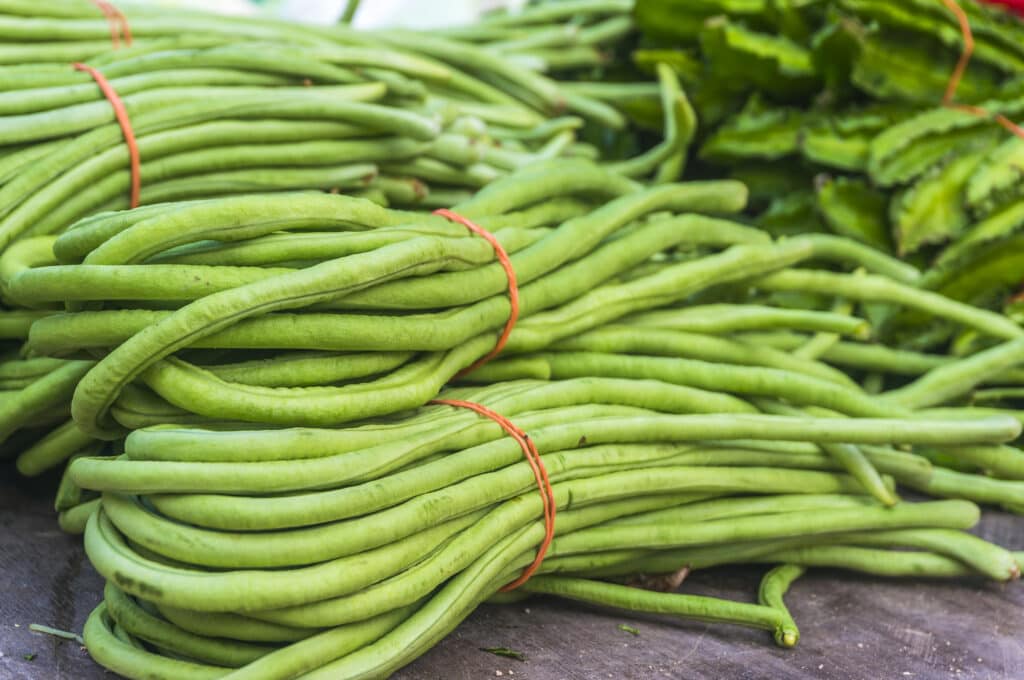
Africa’s potatoes are in truth a member of the mint family. The tubers are roasted, baked or fried or boiled. They are bland in flavour and take well to seasoned dishes. I’ll bet you didn’t know that okra is native to Africa did you? Okra is incredibly useful the pods, leaves and seeds are used as food but it is useful also for medicine, its fibres and its thickening properties.
Shea nuts in the west are used for their fatty or lipid properties for skincare as it stays semi-hard even in hot conditions. In Africa, it is not only used for skin care but for lard and butter replacements. The yam bean is mainly grown for its fleshy roots which are similar in appearance to sweet potatoes but are crisp like apples.
Asian Indigenous Food culture
Asia and the Pacific region is home to the largest number of Indigenous Peoples over 260 million or more than 70% of the world’s total indigenous population.
The Asia Indigenous People Pact is an alliance of Indigenous organizations across southern and eastern Asia. Collectively, the Pact promotes and protects Indigenous lands, food systems, and biodiversity. Their alliance is bolstered by regional youth and women’s networks, as well as support from international institutions, including the United Nations and Oxfam.
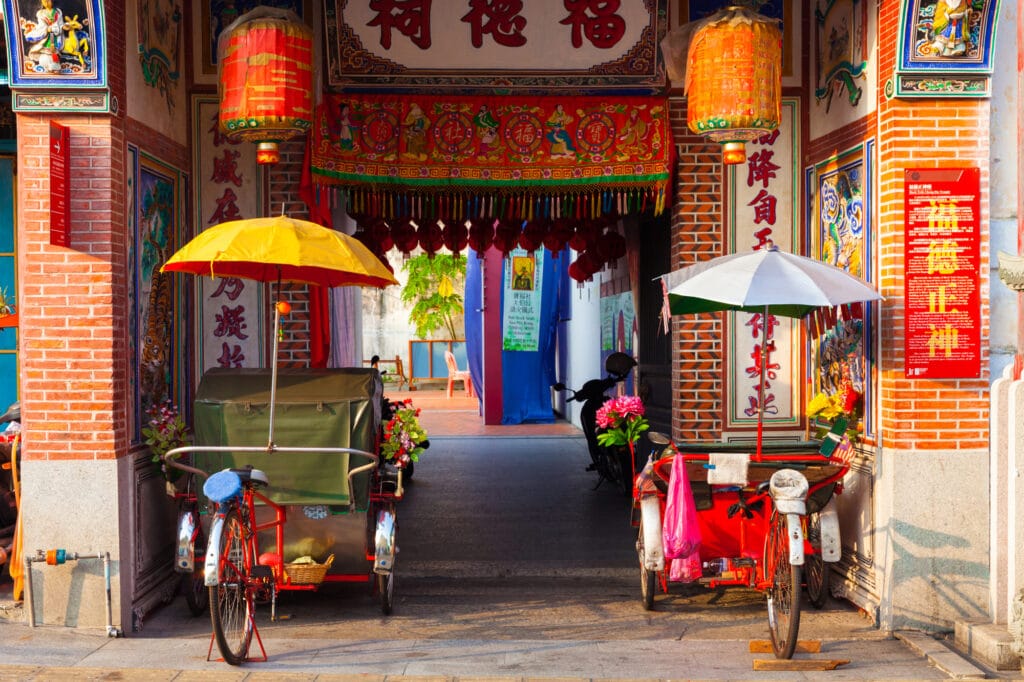
Some of the Indigenous people of Asia are the Veddas of Sri Lanka, The Jarawa of the Andaman Islands of India, the Kalash of Pakistan, the Naga from northeastern India and northwestern Myanmar, the Lhop of Bhutan, the Bodo of Nepal and the Giraavaru of the Maldives. In Japan, the two indigenous peoples the Ainu and the Okinawans, live on the northernmost and southernmost islands of the country’s archipelago.
Southeast Asia has a long history of using fermentation in the production and preservation of foods and is widely recognized for its prominent use. Thailand, Vietnam, Indonesia, Malaysia, Korea, Japan and the Philippines, all have their indigenous fermented foods including kimchi, kombucha, natto, miso, and Douchi – a black bean paste and Mianchi – a white bean paste in China. From the Philippines Bagoong and Puto.
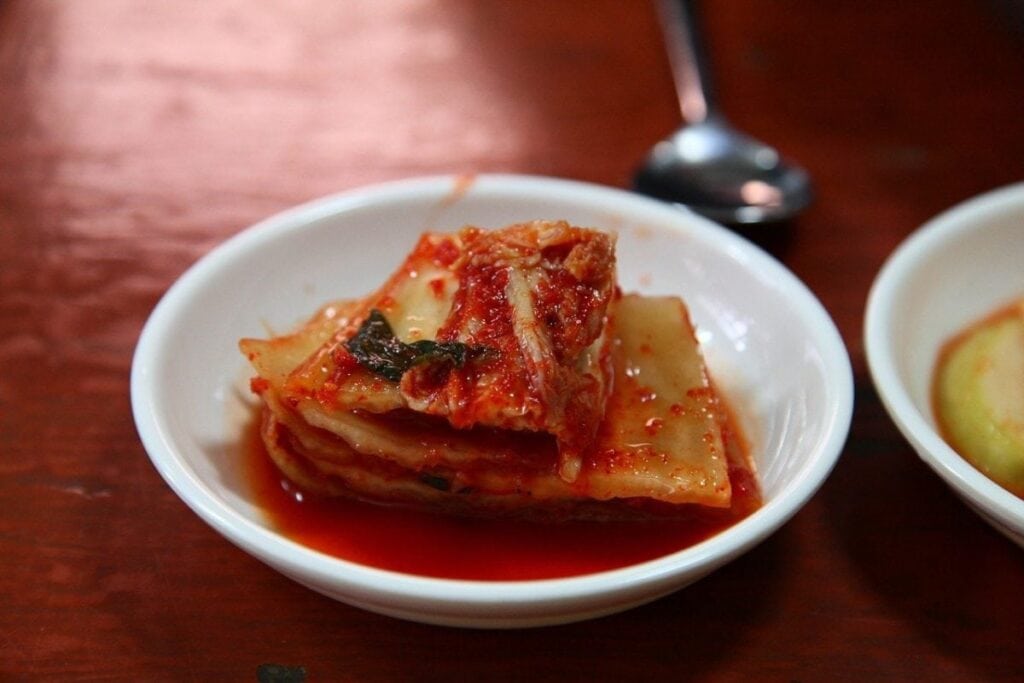
One of the many vegetable roots that have spread around the world comes from Malaysia and is Taro. It’s one of the bland Asian vegetables that can be used like potatoes, steamed, boiled, or pounded. In Hawaii it is made into poi, in China, it is used in taro-filled moon cakes.
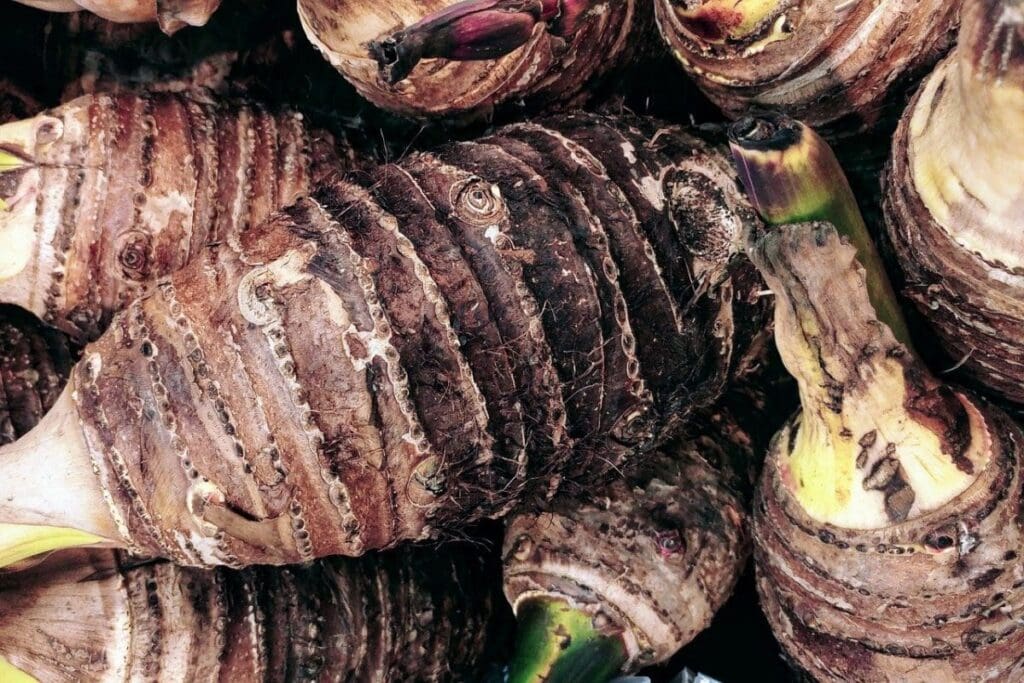
Green vegetables like bok choy, bitter melon and choy sum are used all over Asia and have been grown throughout Asia for centuries. In China, there weren’t many varieties of vegetables and the main two were cucumbers and soybeans which were eaten with rice.
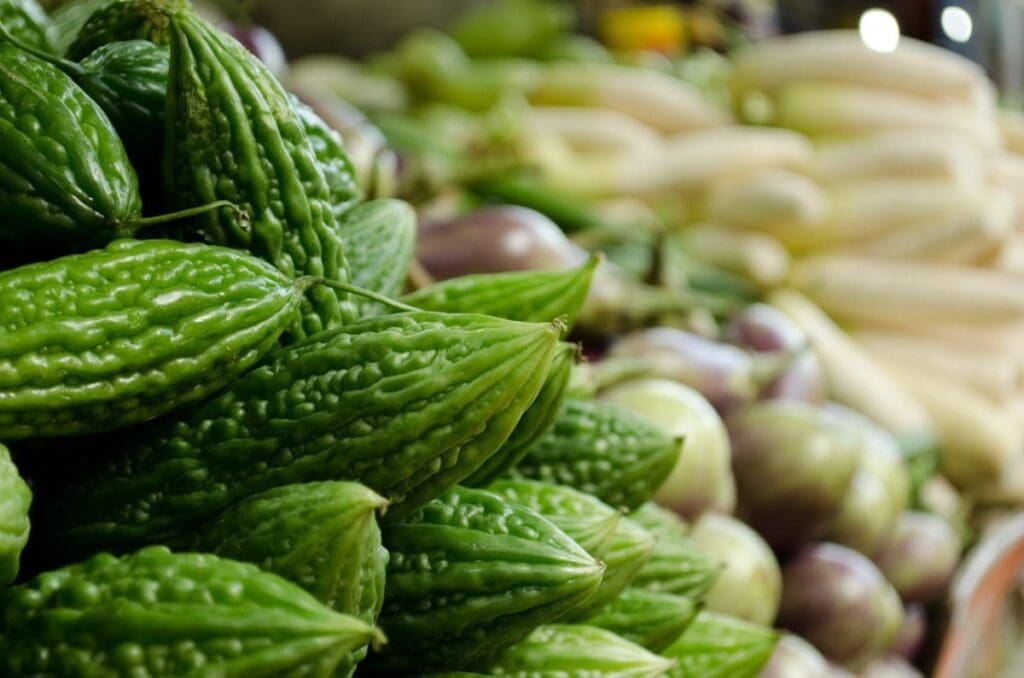
Within the sustainable food movement, there is a recognition that over 75% of our plant diversity is gone. Many endangered varieties of fruits and vegetables were unique to a local area and when small farms or backyard gardens switched to more “easily grown” varieties the local ones disappear.
The Svalbard Global Seed Vault on a remote Norwegian archipelago near the North Pole contains over 825,000 seeds and growing. However, they have not been able to save all the extinct varieties. It is our responsibility as humans to assist as much as we can in maintaining and working towards food sovereignty and sustainable development. You can help by shopping locally, supporting your local farmer’s market and farm shop and by dedicating resources to assisting indigenous foodways by eating at indigenous restaurants, supporting indigenous cuisines and becoming an ally to indigenous food groups across the world.

Indigenous people around the world
The Sámi people are the indigenous people of the northern part of the Scandinavian Peninsula and large parts of the Kola Peninsula and live in Sweden, Norway, Finland and Russia.
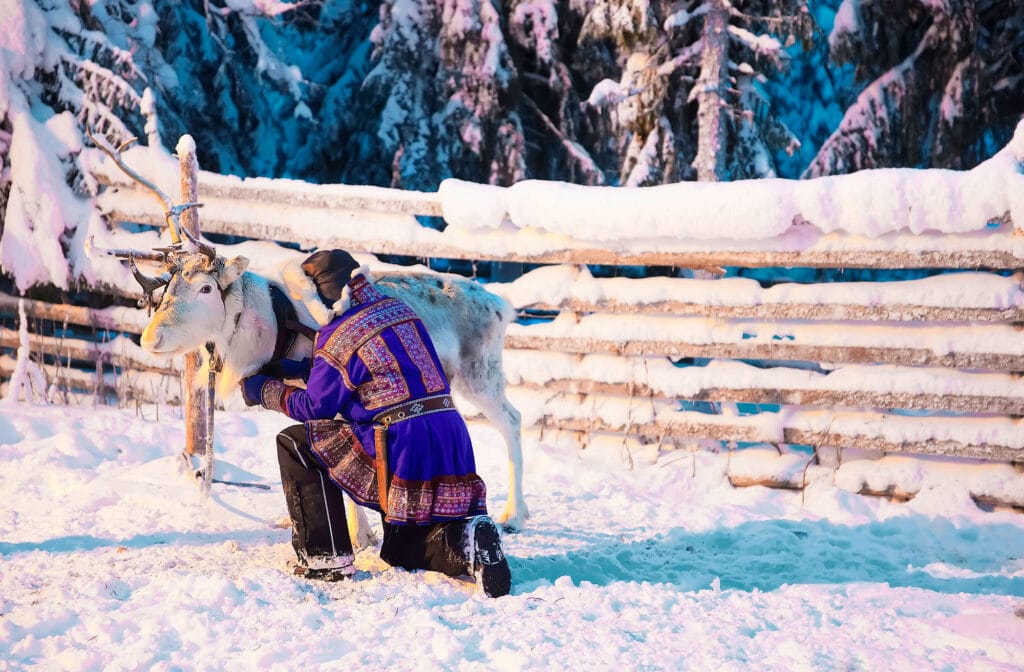
There are over 40 indigenous ethnic minority groups in Eastern Siberia and the Far East of Russia. They are mostly unknown to the outside world, but also to the Russian people.
In China, there are 55 recognized indigenous peoples including; Tibetan, Mongolian, Uighur, Tujia, Tong, Bai, Miao, Yi, Hani, Naxi and many others.
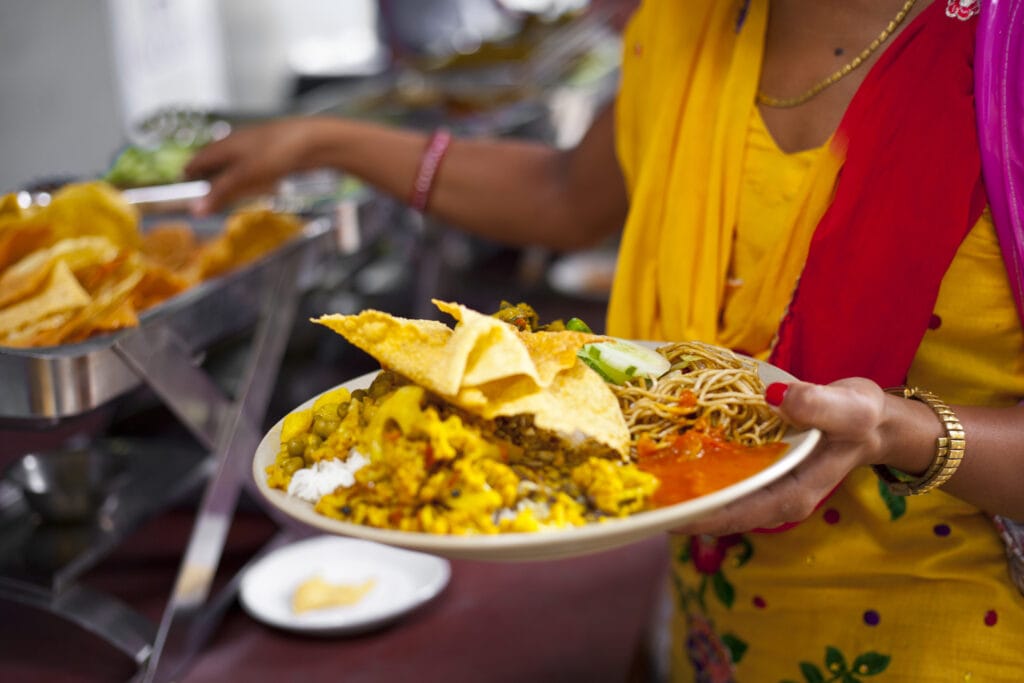
This article doesn’t pretend to include all indigenous foods around the world, but I hope in some small way it convinces you to try indigenous cuisines and support those efforts whereever you may travel. Here are a few indigenous populations that you may not have heard of:
Click here for resources to support indigenous food sovereignty. These are 28 organizations promoting food sustainability and sovereignty throughout the world.
This article was first published on The World’s Kitchens as Indigenous food culture around the world
You might also like
